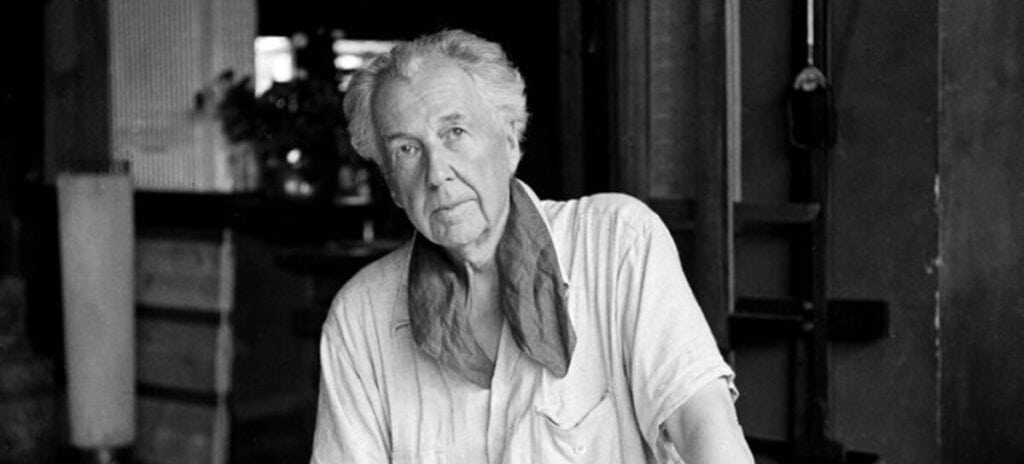Updated by Nazanin Ghodsian, 12/18/2024
Architecture is the mother art, according to a quote by Frank Lloyd Wright. We lack the essence of our culture if we don’t have our own architecture. The intersection of beauty and functionality in building is encapsulated in this remark. With the help of famous architects, architecture has improved our surroundings over time, not just in terms of appearance but also in terms of functionality.
Without a question, one of the most important artistic disciplines in the world is architecture. It shapes the areas where we live, work, and play by fusing beauty with functionality. Famous architects are renowned for creating structures that are both aesthetically pleasing and functional. Although similar, landscape architecture is concerned with the planning of outside areas such as parks and gardens. In order to achieve a cohesive aesthetic between a structure and its surroundings, landscape architects frequently collaborate with traditional architects.
It is impossible to overestimate how much architecture influences our day-to-day existence. While poorly planned architecture can have the opposite impact, producing places that feel claustrophobic, unwelcoming, or ineffective, well-built buildings can uplift, inspire, and relax us. Throughout history, famous architects have influenced the globe with their innovative creations. Our perception of the built environment has been profoundly influenced by figures such as Philip Johnson, Eero Saarinen, Antoni Gaudí, and Mies van der Rohe. Each of them brought distinctive, enduring concepts to the subject of architecture, and their work continues to have an impact on modern architecture.
Their legacy endures today in the form of recognizable buildings that are honored all around the world. Famous architects have influenced everything from cutting-edge public areas to tall skyscrapers. Whether it’s Mies van der Rohe’s minimalist style or Gaudí’s organic designs in Barcelona, these architects have influenced not just the physical environment but also the social fabric.
Suggested article to read: 2025 Construction Forecast: Key Trends to Watch
Table of Contents
27 Most Famous Architects in the World
Here is a list of the 27 most famous architects in the world worth learning about:
1. Frank Lloyd Wright
Project: Guggenheim Museum
Location: New York, United States
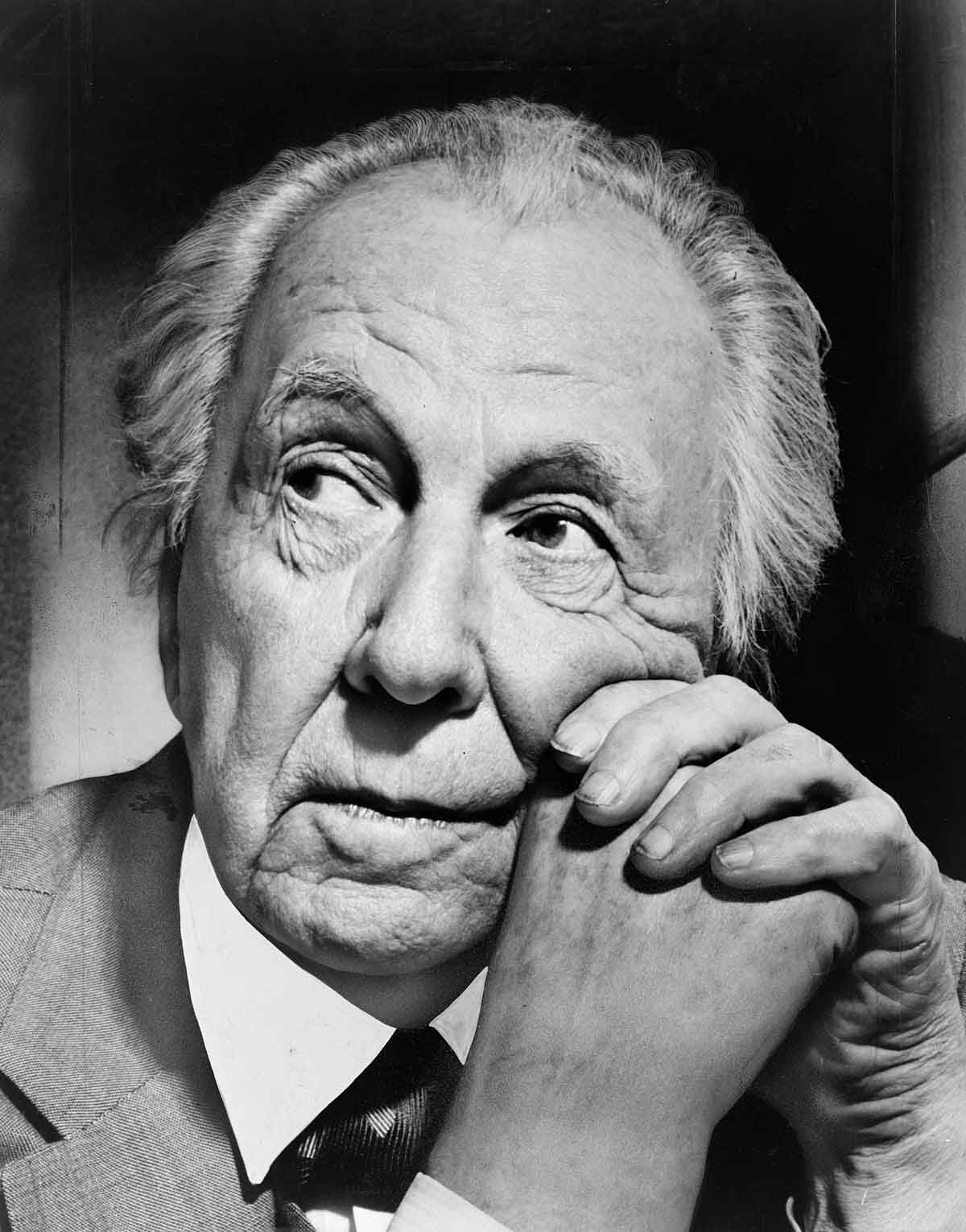
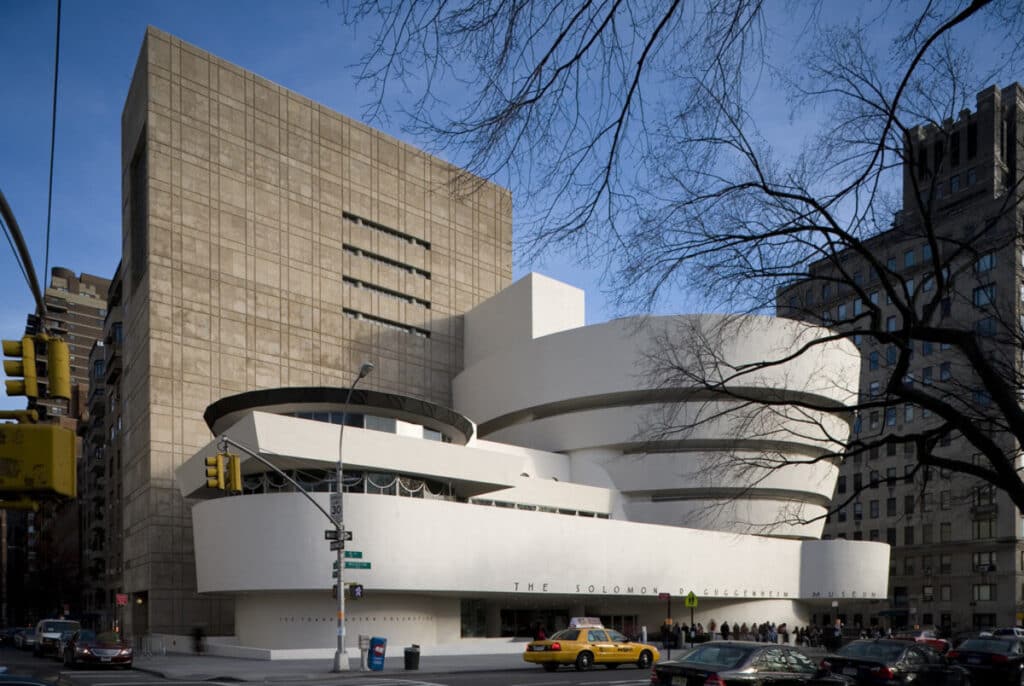
Frank Lloyd Wright is often regarded as one of the most famous architects of the contemporary age. Wright and his early master Louis Henri Sullivan contributed to the development of distinctly American architecture.
Wright was a fan of the Midwest-based Prairie School of Architecture, which prioritized horizontal lines to blend in with the surrounding environment. The 1910 Robie House in Chicago is a well-known example of a house constructed in the Prairie style. But Wright went a step further with this concept, advocating for what he termed organic architecture. This phrase describes integrating designs with the surrounding environment and nature by utilizing structure and materials.
After Wright abandoned his wife and family in 1909 to live with his mistress, he became entangled in scandal. However, his career soon turned around, and he went on to create a number of his most famous works of art. He created the 1935 design for Fallingwater, a house in southwest Pennsylvania constructed over a waterfall. Wright is also in charge of the Guggenheim Museum’s avant-garde architecture, which includes a spiral walkway that rises instead of separate levels in New York City.
2. Le Corbusier
Project: Villa Savoye
Location: Poissy, France
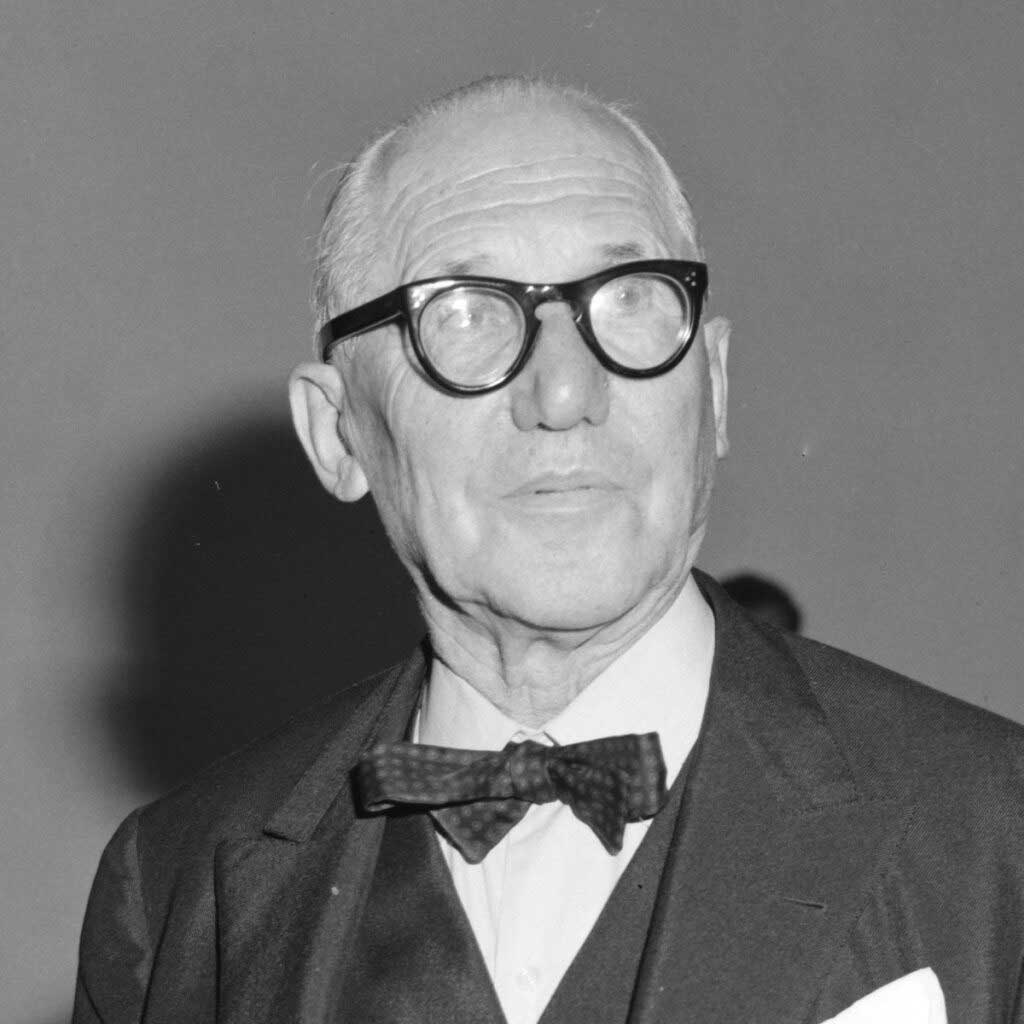
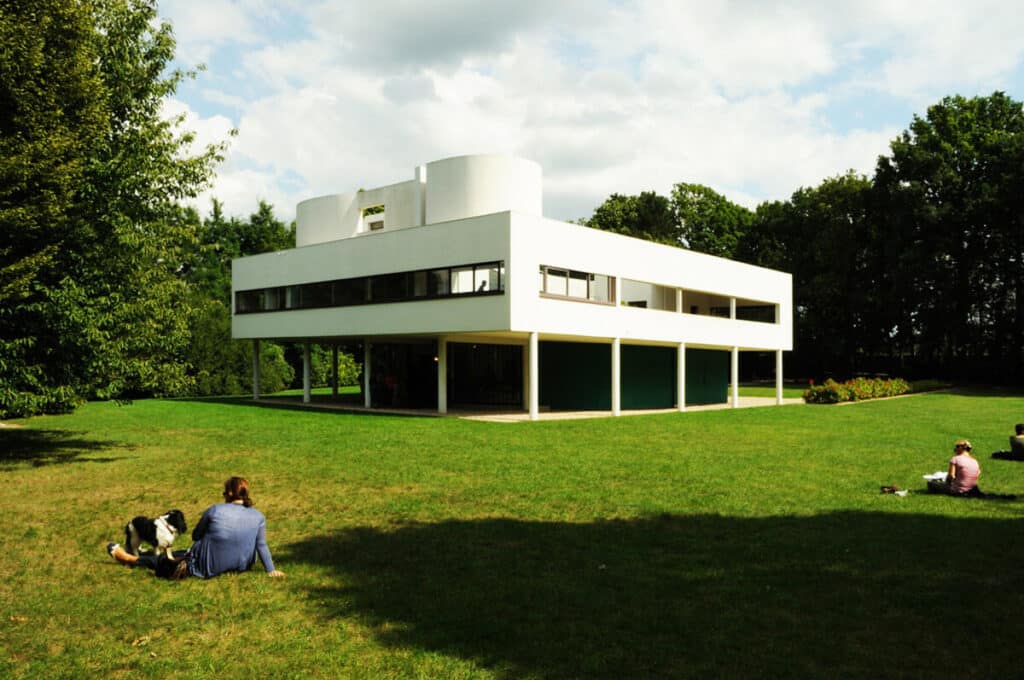
Charles-Édouard Jeanneret, a Swiss-French architect born in 1887, created some of the most important contributions to modernist architecture during the 20th century. He started “L’Esprit Nouveau” in 1920 with painter Amédée Ozenfant, writing under pen names. Jeanneret decided on Le Corbusier as his family name.
Le Corbusier was a supporter of functionalism, disapproved of nonstructural embellishment gone too far, and preferred to use contemporary building materials like steel and concrete. He would become a significant player in the development of the International Style of architecture and was especially well-known for his homes.
Free-flowing floor plans and column support, which let walls be erected independently of the structure, were features of Le Corbusier’s designs. He built his structures on stilts, in part because he thought it promoted a clean lifestyle. Lastly, he included flat roofs with garden space in his structures. A house, according to him, is “A machine for living in.” Throughout his life, Le Corbusier received multiple patents, one of which was for his patented horizontal sliding windows, which extended the length of a structure.
3. Ludwig Mies van der Rohe
Project: IBM Building
Location: Chicago, United States
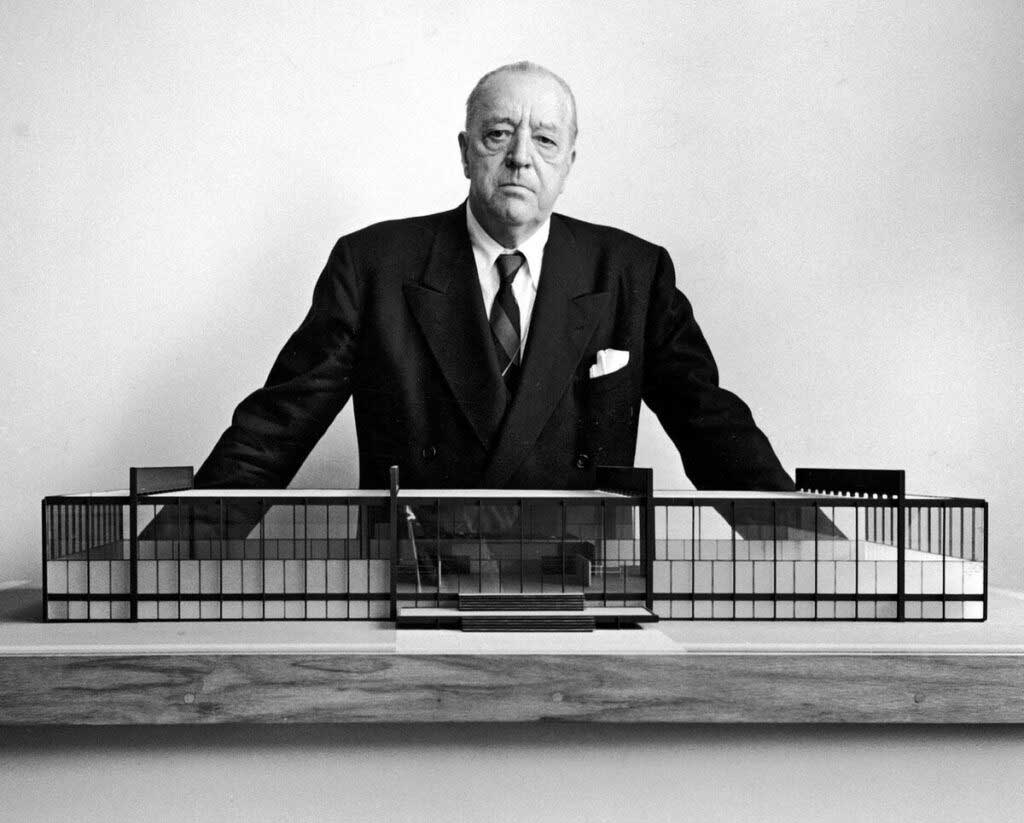
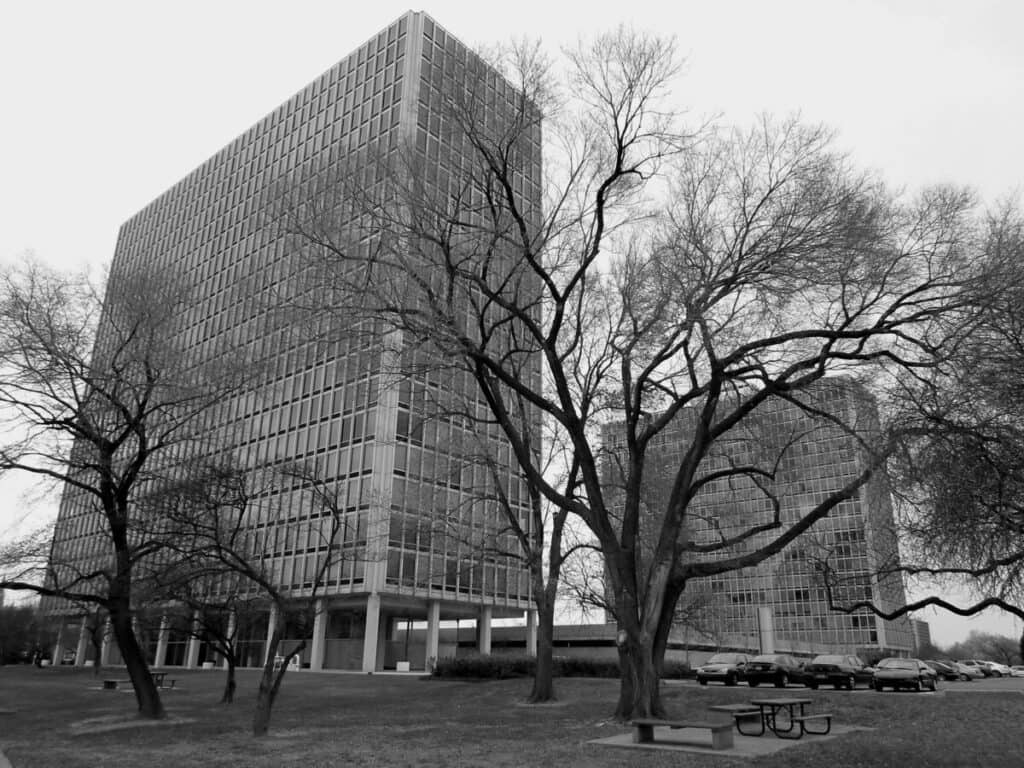
Ludwig Mies van der Rohe, better known by his last name, Mies, was a German-born who was one of the most famous architects who moved from the more elaborate, traditional designs of the 19th century to the sleek, minimalist styles of the 20th century. He was picked to build the German Pavilion for the 1929 International Exposition in Barcelona after rapidly making a name for himself in his native nation’s residential architecture.
He is renowned for creating the Barcelona chairs, which have steel frames and cantilevered seats. But Mies emigrated to the United States in 1937, where he worked for many years as the director of the Chicago Armour Institute School of Architecture and also created the school’s campus.
Mies created numerous famous buildings while he was a resident of the United States, such as the Lake Shore Drive residences in Chicago and the Seagram Building in New York City. He frequently included exposed structural steel in his building designs to capture the spirit of the Industrial Age. Always focusing on the idea that “Less is more,” his designs are elegant and simple without going overboard with decoration.
4. Arata Isozaki
Project: Museum of Modern Art, Gunma
Location: Takasaki-shi, Japan
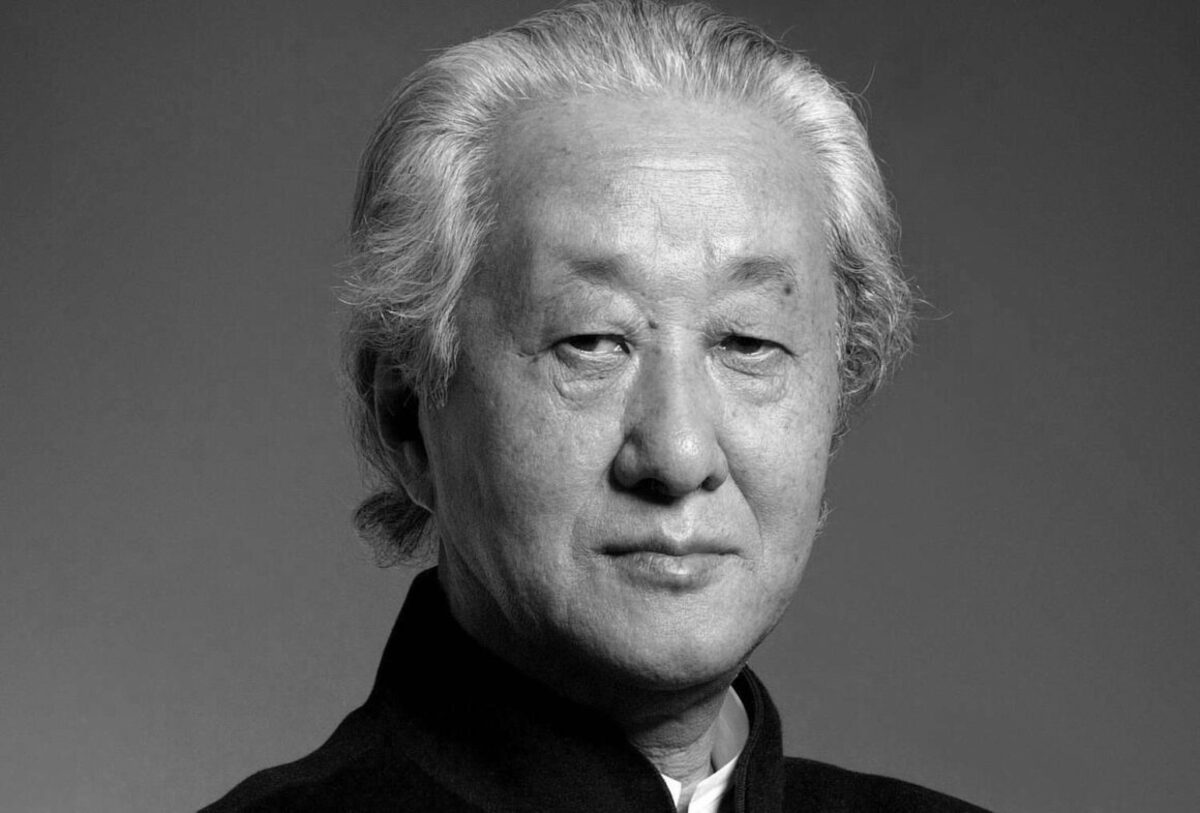
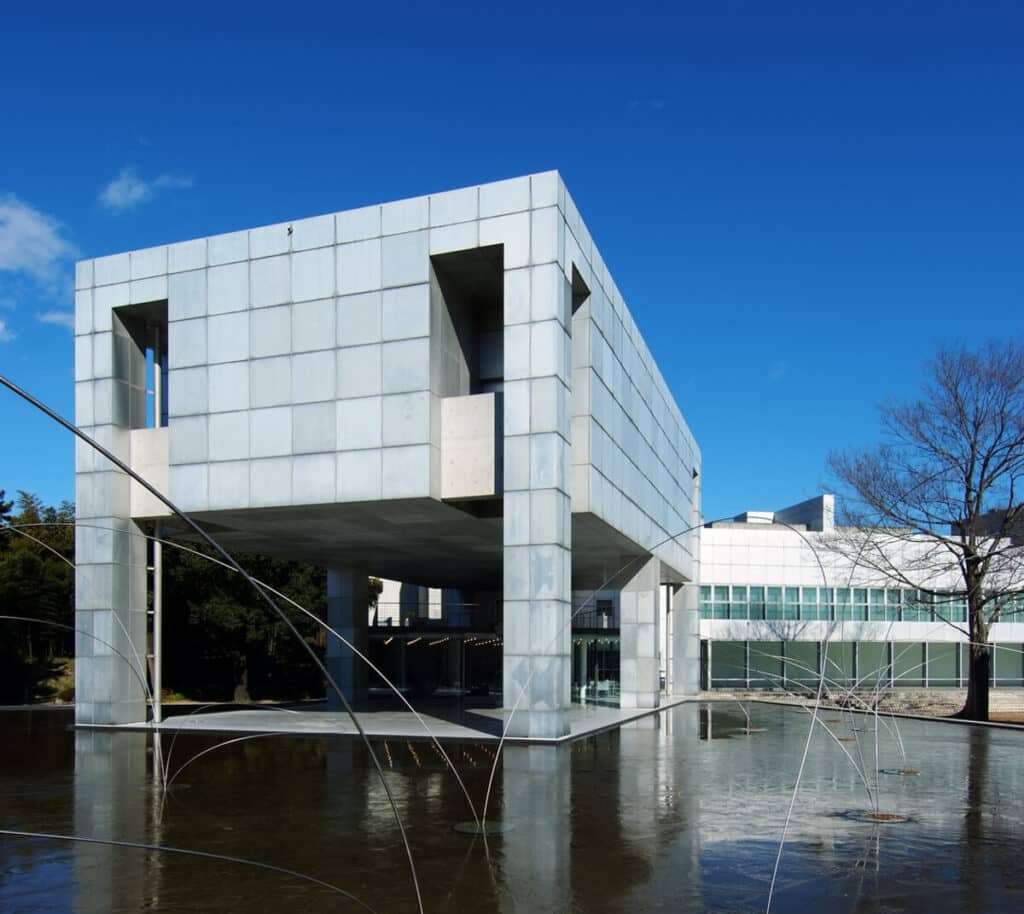
Arata Isozaki, a Japanese architect, was born in Kyushu in 1931. His interest in restoring destroyed cities stemmed from his observations of the devastation caused by World War II and his studies of architecture at the University of Tokyo. The Museum of Modern Art states that Isozaki postulated “An aesthetic to give form to the concept of obliteration, which he labeled ‘Twilight gloom,'” after starting a design firm in 1963 after working as an apprentice to Tange Kenzō.
His earliest works, including the 1966 Ōita Prefectural Library, were influenced by the Metabolist movement, which fused technology and utilitarianism. By changing his strategy, he produced a great deal of other avant-garde buildings, leading to his first international commission, the Los Angeles Museum of Contemporary Art, in 1986.
Isozaki completed other worldwide projects over the following few decades, including the Shanghai Symphony Hall in China, the Team Disney Building in Orlando, Florida, the Qatar National Convention Center in Doha, and Palau Sant Jordi in Barcelona. Over 100 projects have been completed by him, and he was designated the 2019 Pritzker Architecture Prize Laureate for his noteworthy contributions to the field.
5. Frank Gehry
Project: Walt Disney Concert Hall
Location: Los Angeles, California
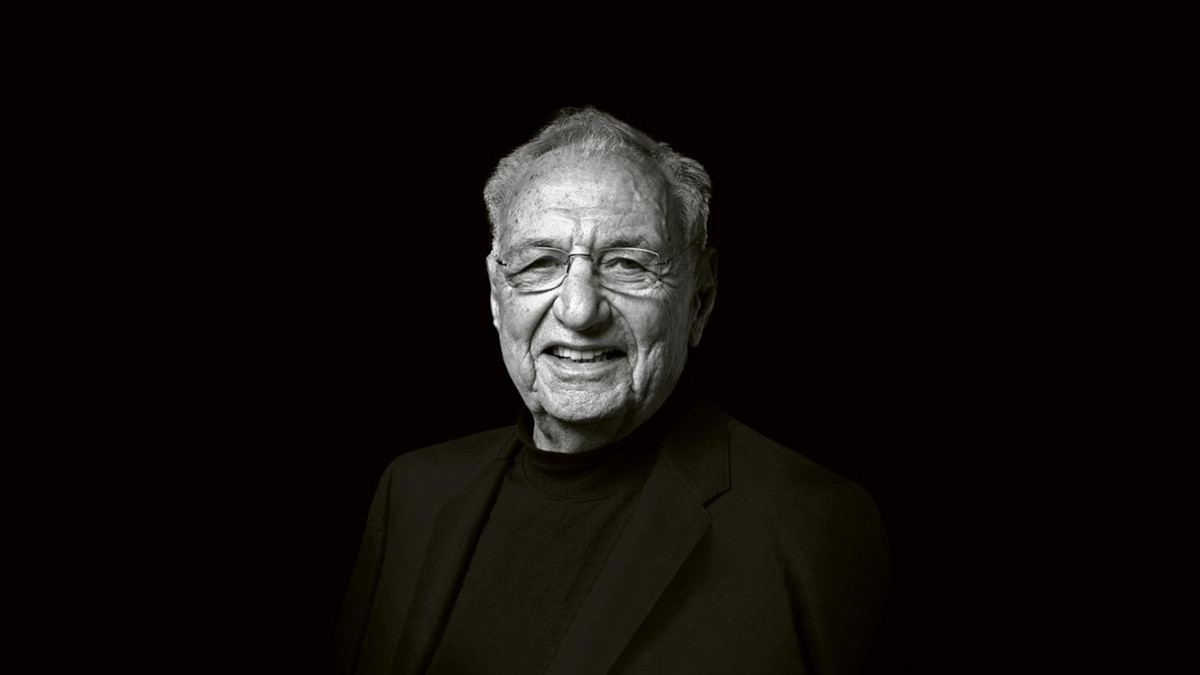
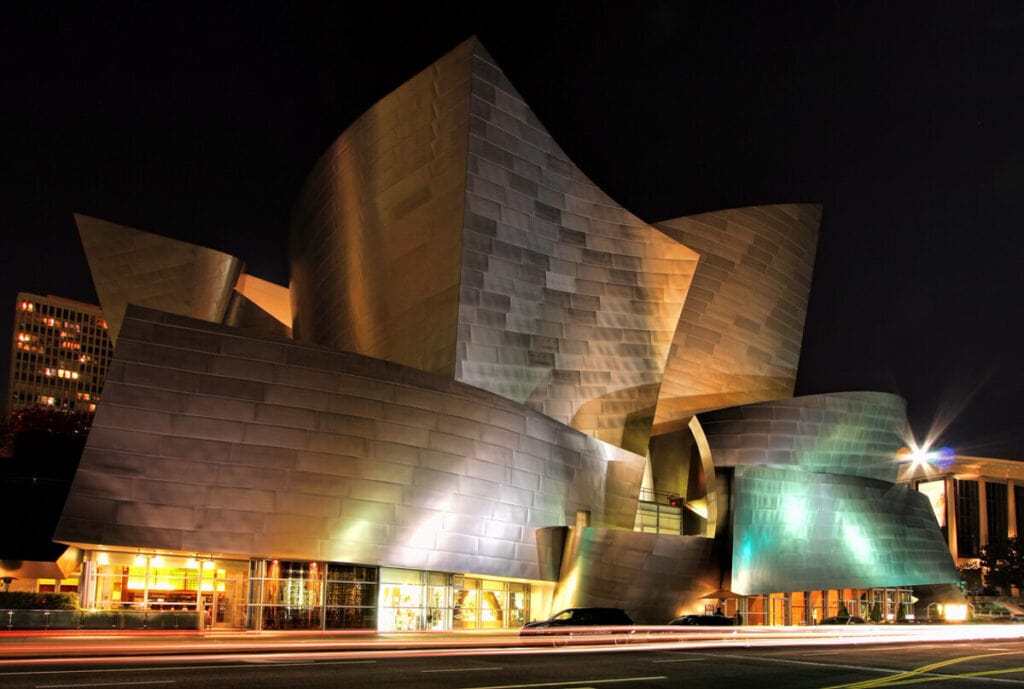
Frank Gehry, was born in Canada in 1929 and immigrated to the US as a youth. He is one of the most famous architects who went on to become a major figure in the postmodern and deconstructionist architectural movements. The international style is more rigid and functional than Gehry’s exploration of asymmetrical forms and bold, expressive shapes.
He began to become one of the famous architects in the 1960s and 1970s when his line of corrugated cardboard furniture took off. He developed his style and became well-known for creating structures that seemed natural, flowing, and undulating by the 1990s.
His Guggenheim Museum in Bilbao, Spain, was intended to resemble a ship as well as a living thing when it debuted in 1997. In addition, he created the Los Angeles Walt Disney Concert Hall, which debuted in 2003 and is renowned for both its exceptional acoustics and unusual design. Gehry is still creating innovative new structures even in his 90s.
6. Renzo Piano
Project: Centre Georges Pompidou
Location: Paris, France
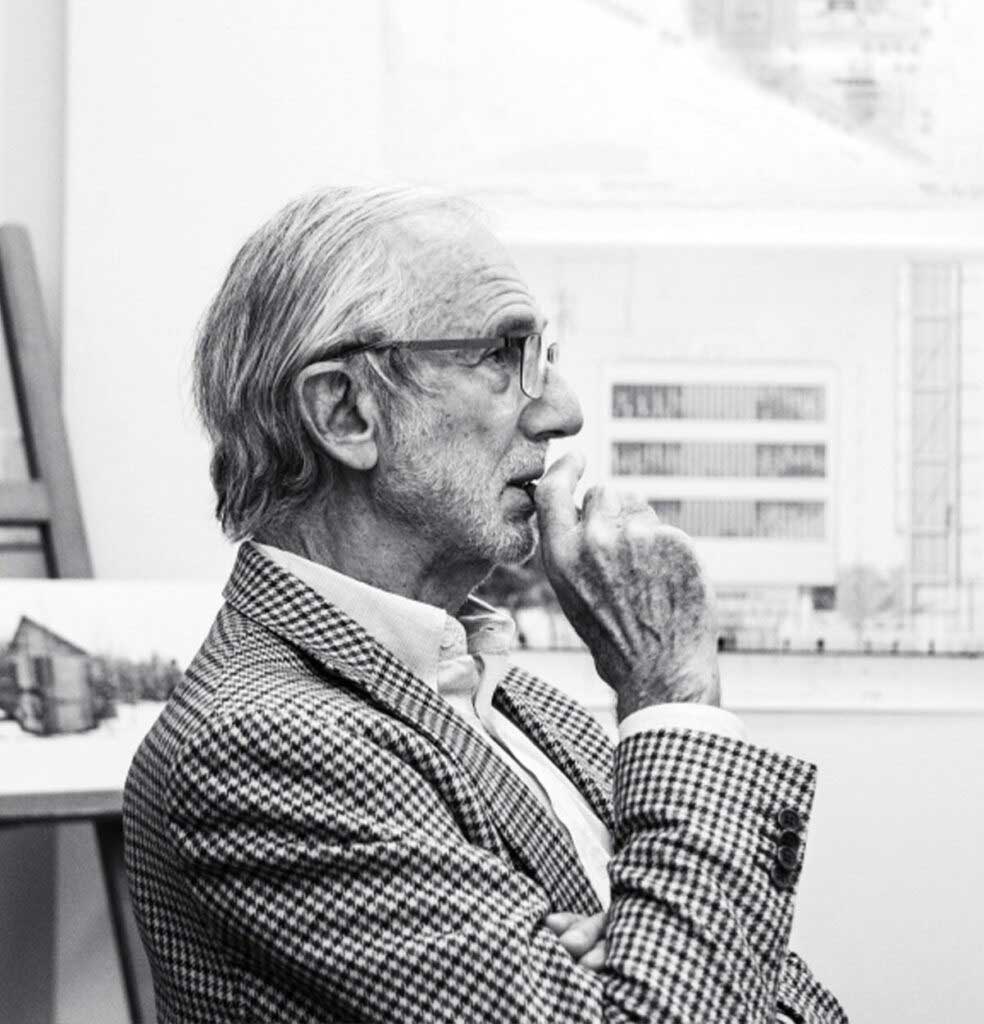
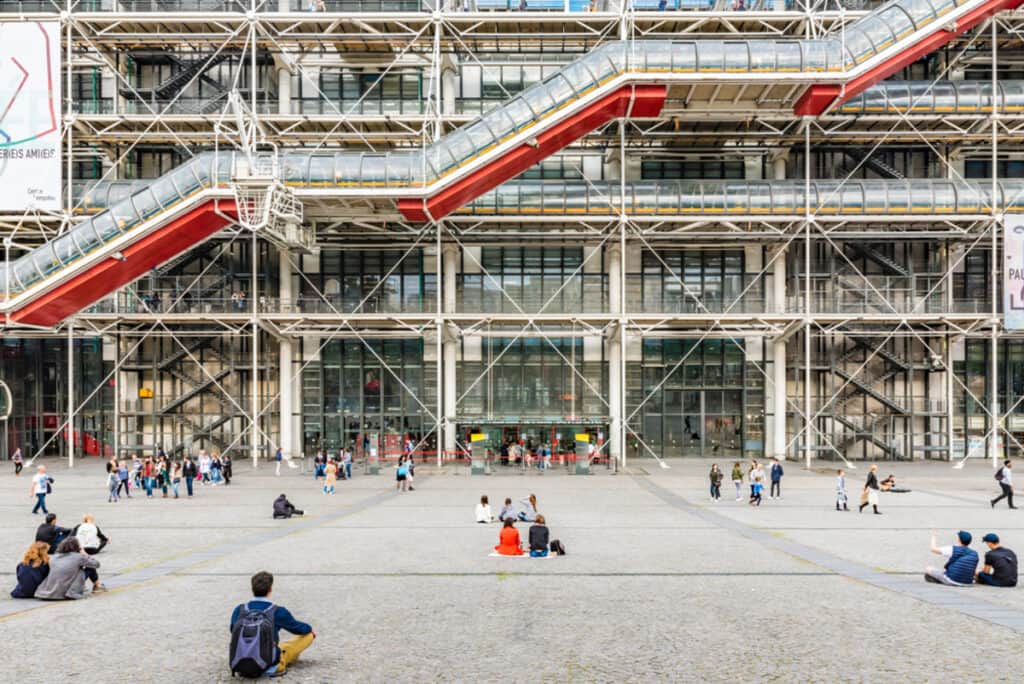
Italian architect Renzo Piano is one of the most famous architect and is renowned for his contemporary designs and use of airy, light materials. His most well-known designs are the Kansai International Airport in Osaka, Japan, The Shard in London, and the Centre Georges Pompidou in Paris (created in partnership with Richard Rogers). He has received multiple honors, such as the RIBA Royal Gold Medal in 2016 and the Pritzker Prize in 1998. He uses natural materials and renewable energy sources whenever feasible because he is dedicated to sustainable design. Because of his enthusiasm for urban planning, he now stands among the esteemed group of well-known architects.
7. Zaha Hadid
Project: Guangzhou Opera House
Location: Guangzhou, China
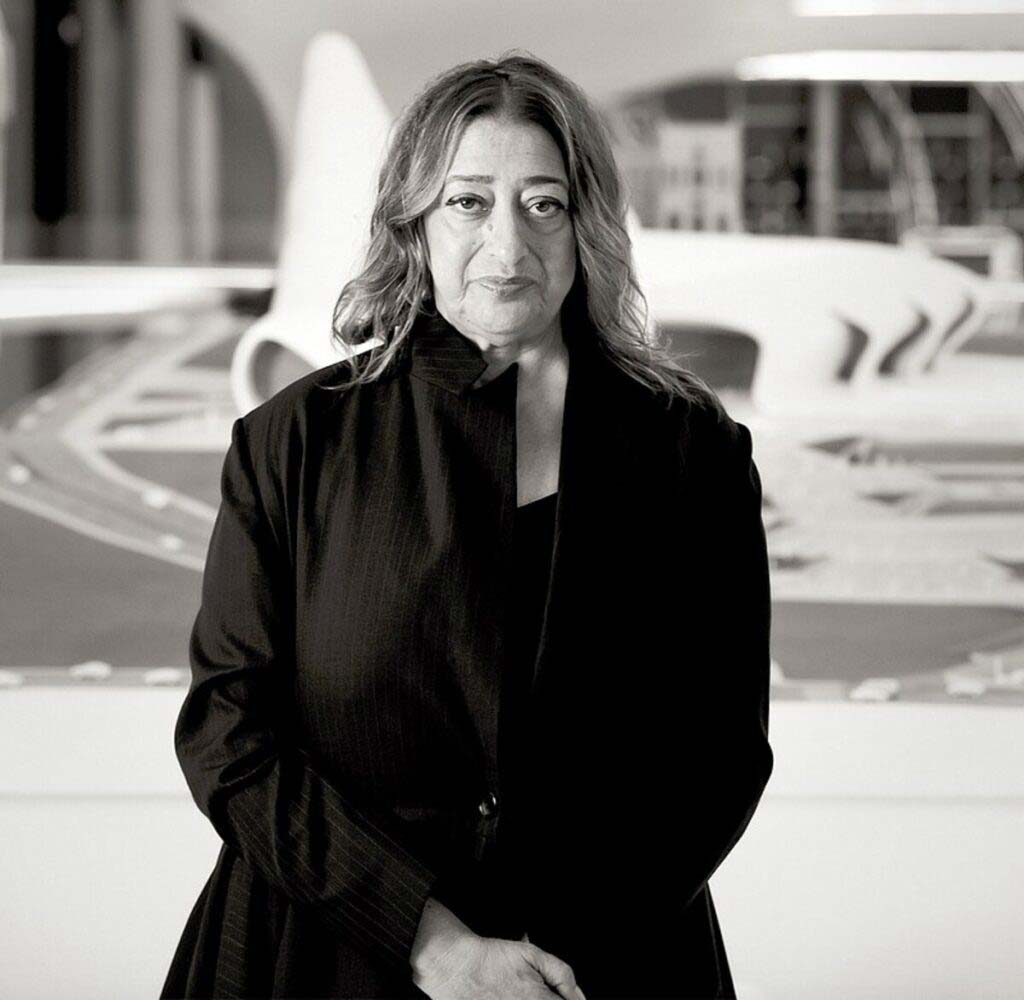
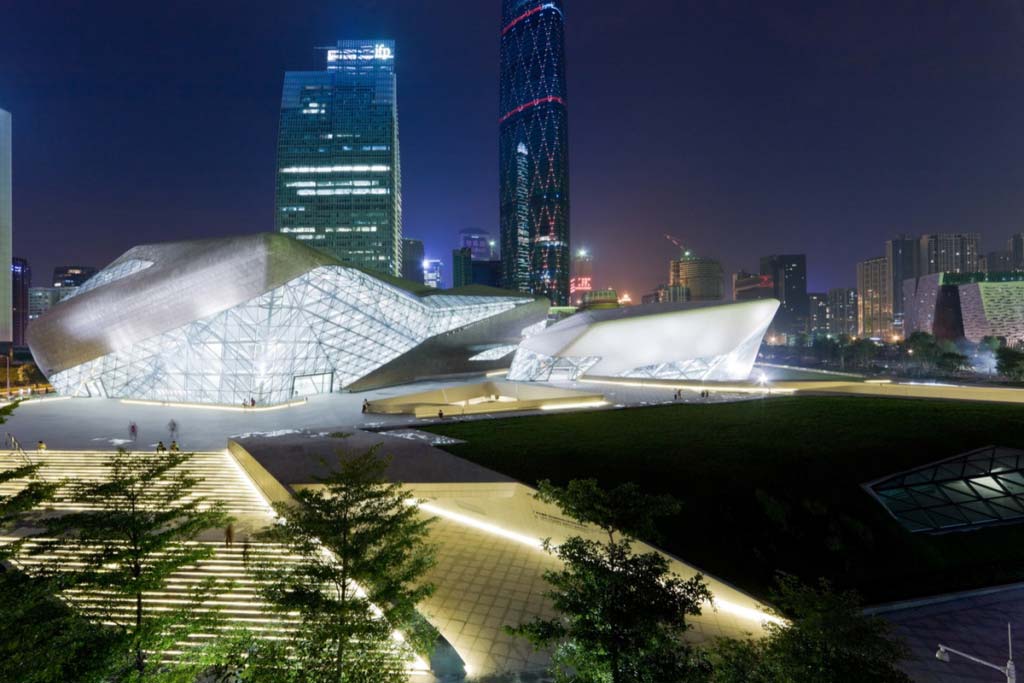
Architect Zaha Hadid studied mathematics before winning the 1977 Diploma Prize from the Architectural Association (AA) in London. She is one of the most famous architects incorporating unexpected shapes into structures that defy physics.
She was born in 1950 in Baghdad, Iraq, amid a time of economic growth and modernization, and by the time she was 11 years old, she had decided she wanted to become an architect (The Art Story). Following the completion of her AA degrees, Hadid joined the Rotterdam, Netherlands-based Office of Metropolitan Architecture (OMA) as a partner. In 1980, she established Zaha Hadid Architects, with its headquarters located in London.
Though The Guardian notes that she “Gained a reputation across the world for groundbreaking theoretical works,” she did not finish a significant project in the United Kingdom until 2011 – the Riverside Museum of Transport in Glasgow, Scotland. Still, in 2000 she created the first Serpentine Gallery Pavilion, and her structures all around the world have continued to captivate people’s attention.
Take the swooping Heydar Aliyev Center in Baku, which creates a continuous, flowing interaction between its surrounding plaza and the building’s interior, or the Guangzhou Opera House, finished in 2010, which has a “Contoured profile” that provides access to the riverbank. In 2004, Hadid became the first female architect to win the Pritzker Prize for her achievements in the field. She passed away in 2016 at the age of barely 65.
8. Rem Koolhaas
Project: Casa da Musica
Location: Porto, Portugal
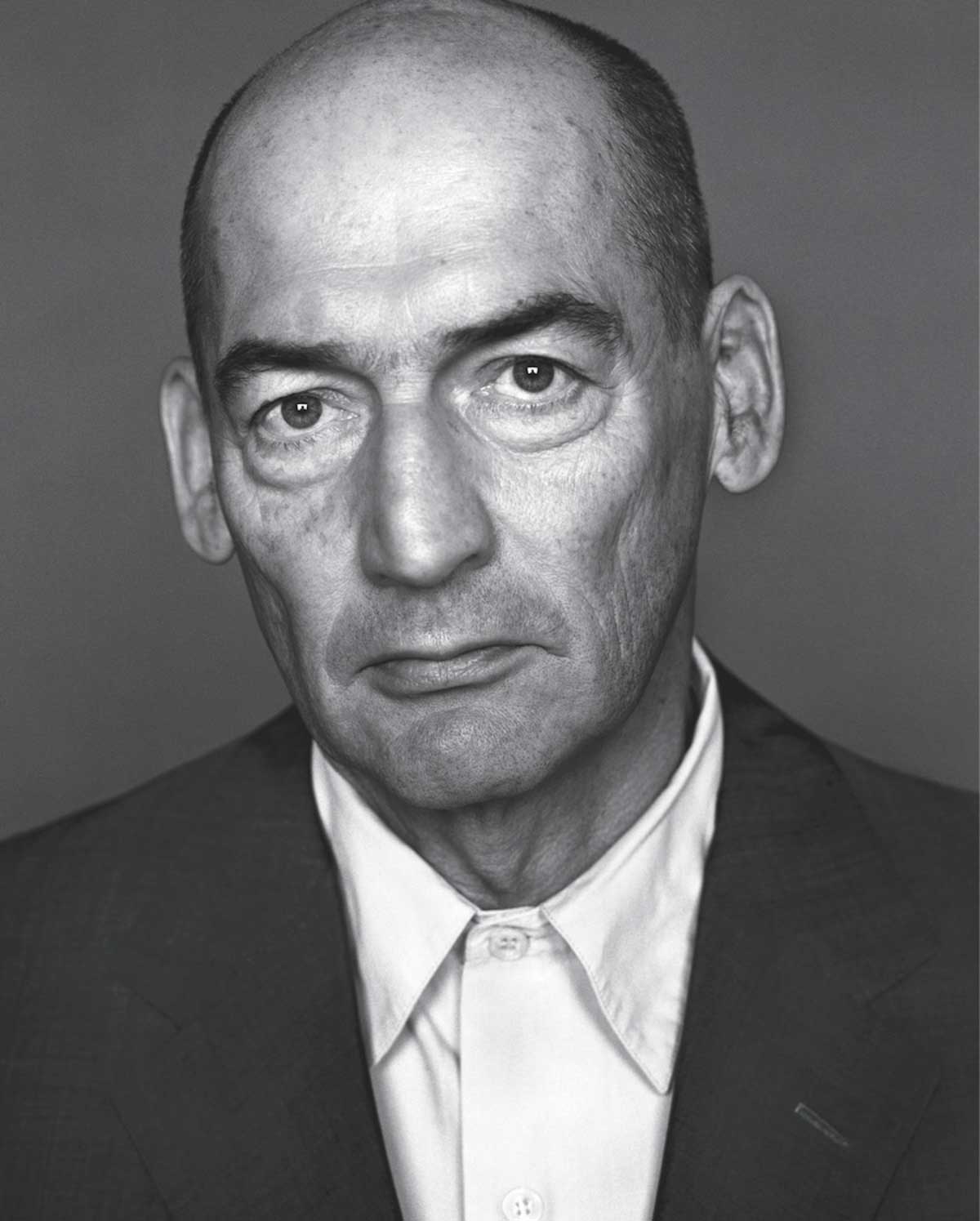
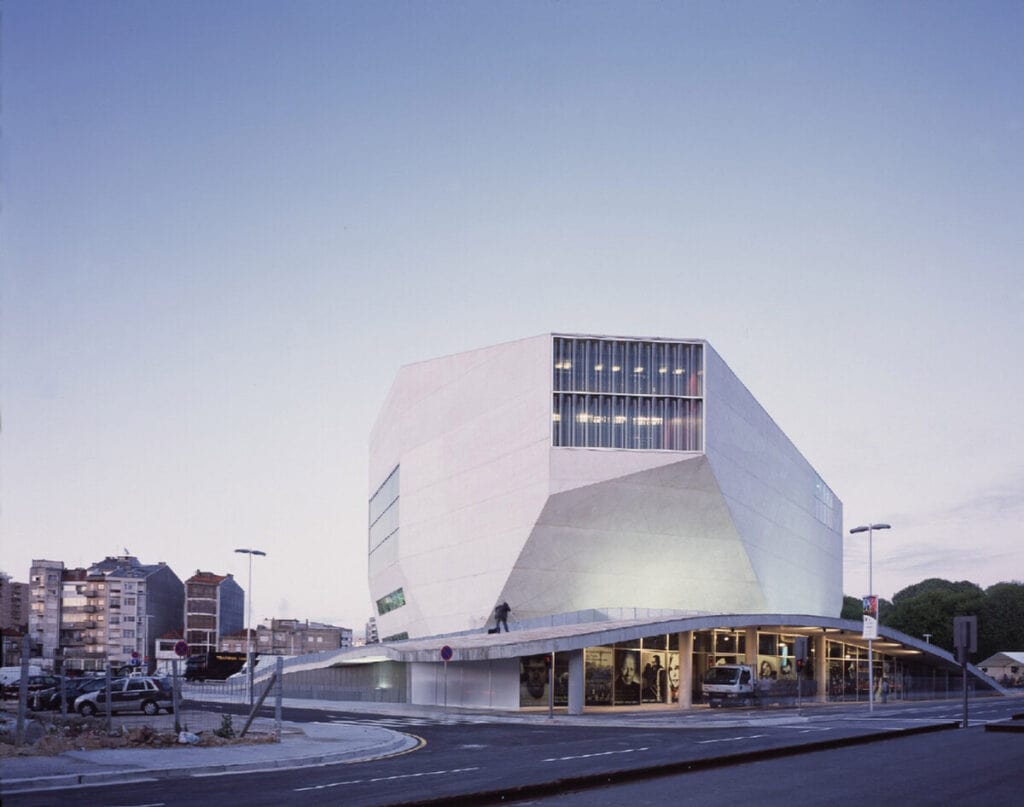
He is one of the most famous architects and was listed as one of the top 100 influential people in the world by Time in 2008. Rem Koolhaas, a Dutch architect, is regarded by many as one of the most significant urbanists and architectural theorists of his period. A frequent topic of controversy, Koolhaas is the recipient of some of the most prestigious accolades in the area of architecture. One of the famous architects, who challenges norms, is dubbed the “First-rate provocateur”; nonetheless, it is just this quality that has elevated him to the status of one of his generation’s famous architects. His career took off after publishing his book Delirious New York.
His numerous projects include the Guggenheim Hermitage Museum, Las Vegas, Casa da Música (Porto, 2001–2005), Seoul National University Museum of Art, CCTV HQ (Beijing, 2004–2009), Euralille, Lille Grand Palais (with Cecil Balmond), and many more.
9. Norman Foster
Project: City Hall
Location: London
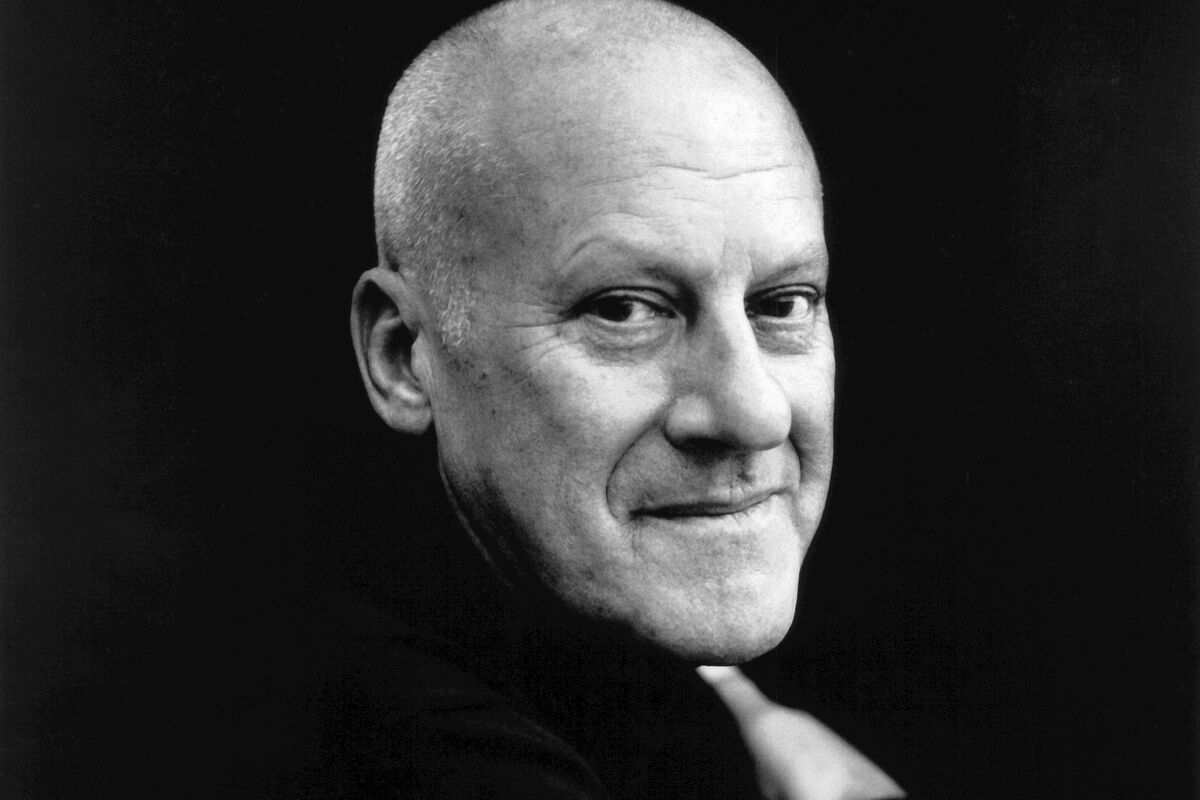
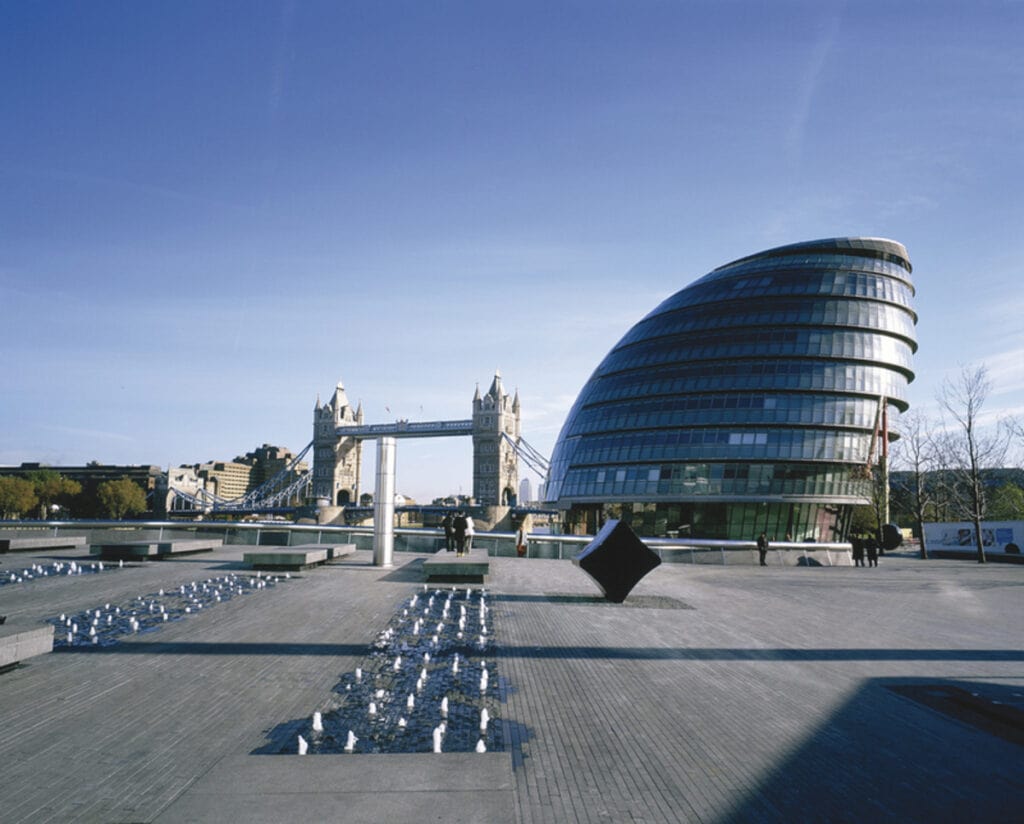
Even some of his most famous structures were unfinished when Sir Norman Foster was named the 1999 Pritzker Architecture Prize winner. Born in 1935 in Manchester, England, he completed his education at Yale University and the University of Manchester, where he graduated with a master’s degree in architecture. Before founding Foster + Partners in 1967, he collaborated with his wife Wendy Foster, and Richard and Su Rogers at the company they co-founded, Team 4.
In 1967, he established Foster + Partners and became well-known all across the world. Since then, the company has won over 400 accolades for the work it has done on a range of projects, including private residences, airports, cultural structures, and product designs. Foster + Partners has developed structures all over the world, including the HSBC project in Shanghai in 1985, which incorporates cement canons on the roof that are said to balance feng shui, and the Millau Viaduct in Southern France, which is one of the world’s highest bridges and was designed by Foster and engineer Michel Virlogeux.
However, his regional works, such as London City Hall, The Gherkin, the Millennium Bridge, and the Great Court of the British Museum, may be the ones that tourists to London are most familiar with.
10. Ieoh Ming Pei
Project: Bank of China Tower
Location: Hong Kong (SAR)
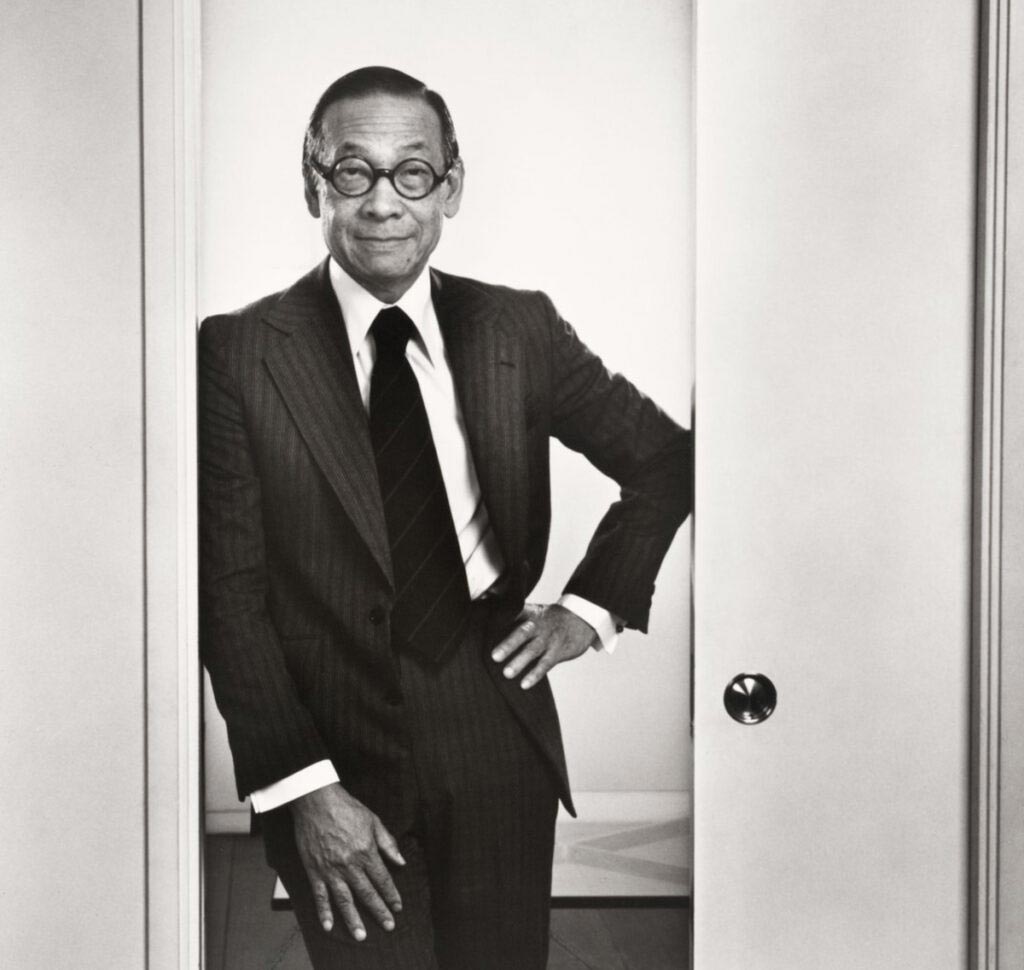
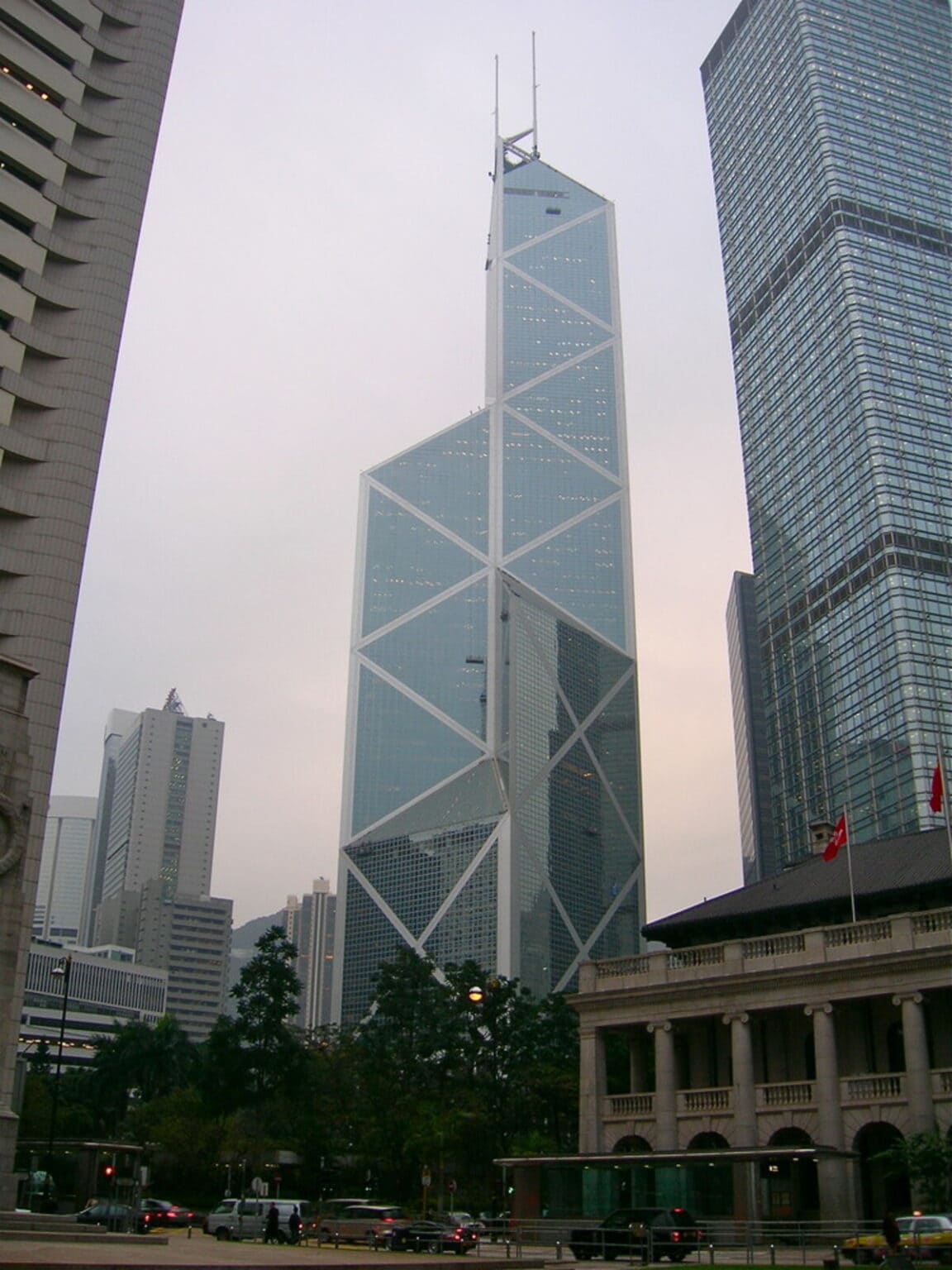
Chinese-American architect Ieoh Ming Pei is renowned for his classic modernist designs. When he was a teenager, he immigrated to the US and enrolled at the University of Pennsylvania to study architecture. His work has both modern and traditional themes while being labeled as modernist. The Glass Pyramid, which he designed for the Louvre Museum in Paris, is the project that has made him the most well-known architect in the world.
In addition, he created the Boston John F. Kennedy Library and the Bank of China Tower in Hong Kong. Due to this famous architect’s heavy use of geometric shapes like triangles, squares, and rectangles, his work was frequently acclaimed for its geometric elegance. Additionally, he maintained a careful balance between form and function as well as their ability to create harmony between architecture and nature.
11. Eero Saarinen
Project: TWA Hotel
Location: NY, United States
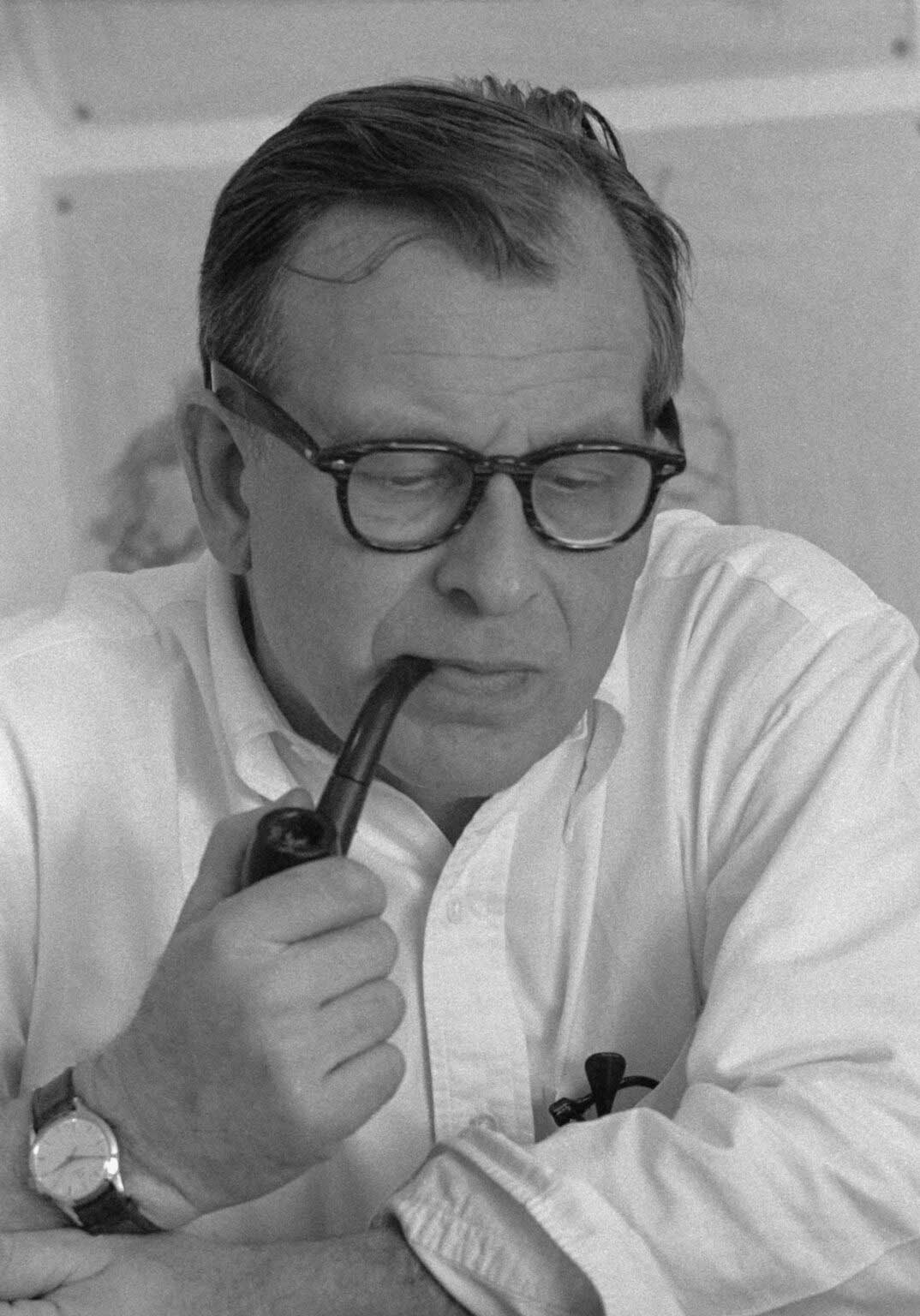
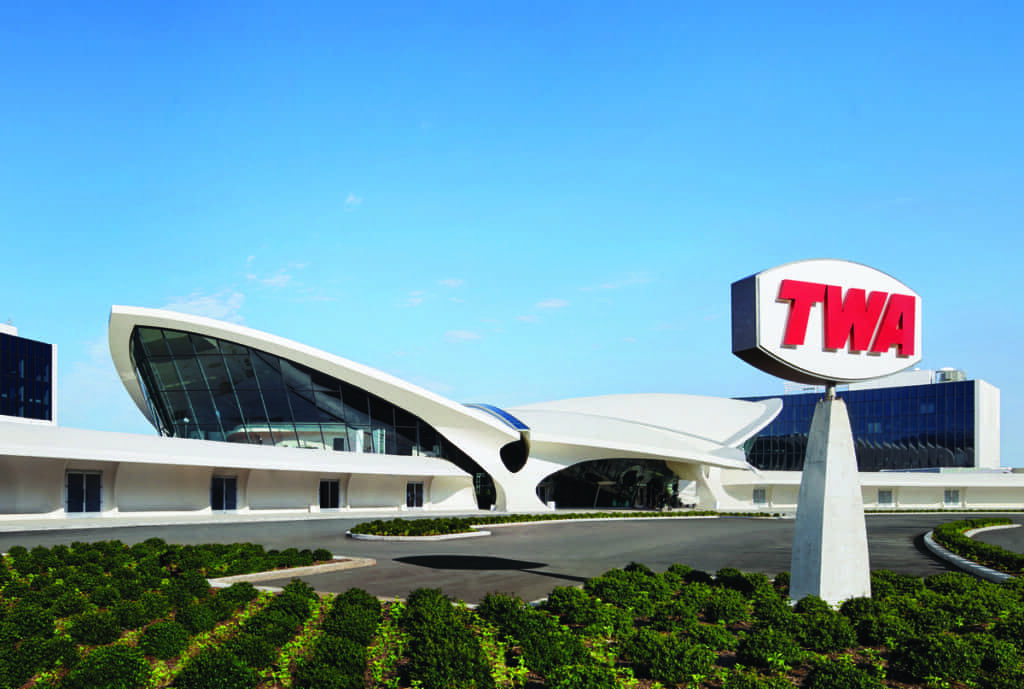
Many of the most famous architects have worked far into their 80s and beyond. Architecture is known for being a long-term profession. However, that was not a chance that Finnish-American architect Eero Saarinen relished. He passed away at the age of 51 following a brain tumor surgery before completing many of his most well-known pieces.
Born in 1910 in Kirkkonummi, Finland, to renowned architect Eliel Saarinen and sculptor Loja Gesellius, Saarinen first attended Yale University to study architecture before continuing his studies in Paris. In addition to hanging around with Charles and Ray Eames, he was employed by the Office of Strategic Services (OSS) during World War II and taught at the Cranbrook Academy of Art.
The “Curvilinear and organically inspired sculptural forms” that defined Saarinen’s style were novel at the time. Apart from creating furniture pieces like the Womb chair and Tulip table for Knoll, Saarinen is also the mastermind behind renowned constructions like the General Motors Technical Center in Warren, Michigan, which was his first solo project, and the Gateway Arch in St. Louis.
His TWA Flight Center at John F. Kennedy International Airport (formerly Idlewild) was finished after his death, just like the arch. In 1962, Saarinen received the AIA Gold Medal posthumously.
12. Richard Rogers
Project: The Leadenhall Building
Location: United Kingdom
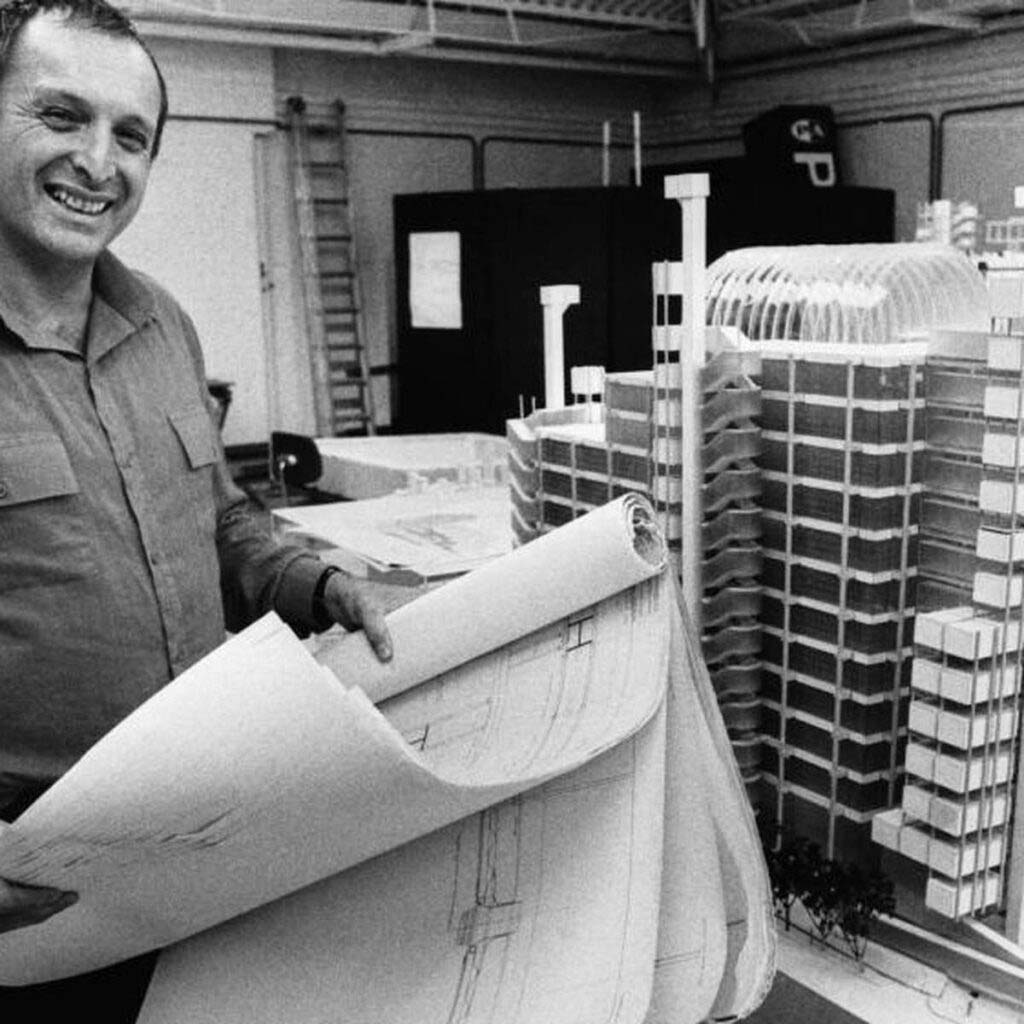
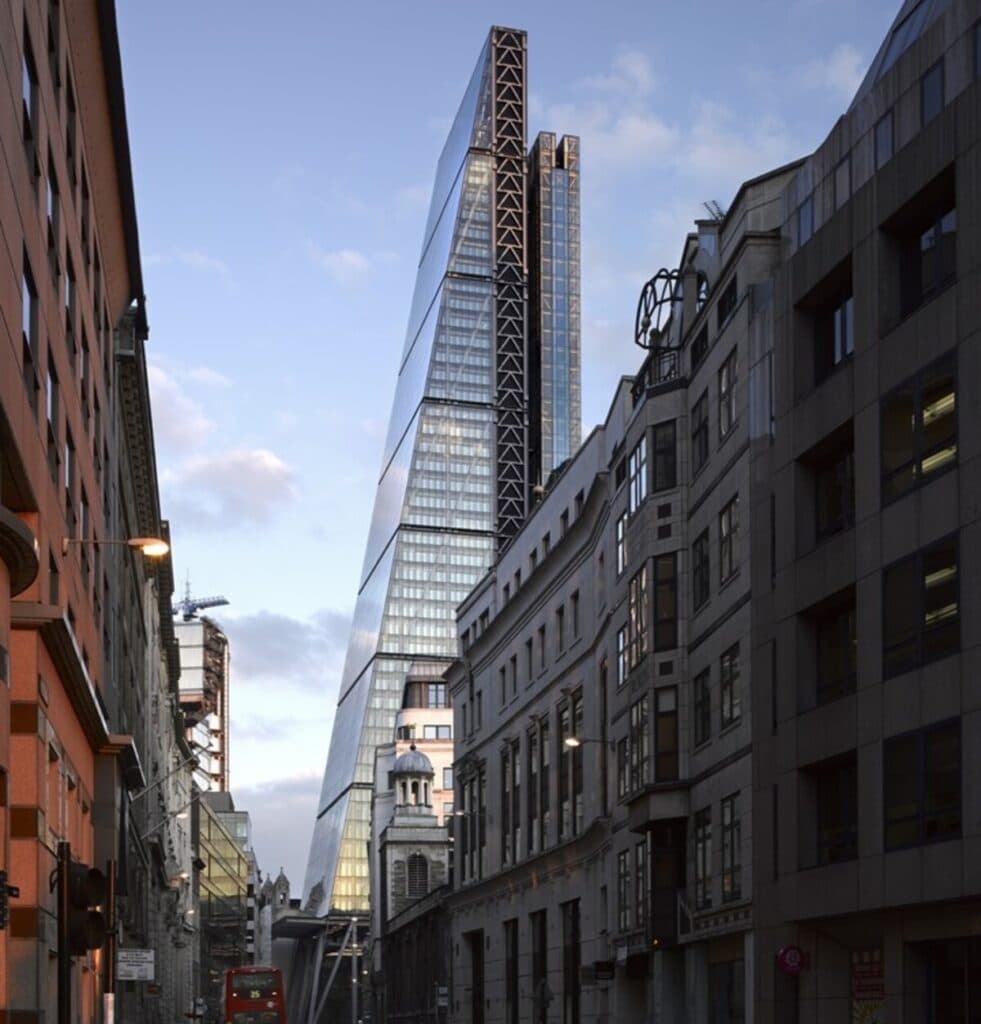
British architect Richard Rogers was well-known throughout the world for his cutting-edge and contemporary designs. He was knighted in 1991 and received other honors, including the Pritzker Prize in 2007. In addition, he was a strong supporter of environmentally friendly design and aggressively worked to have laws against environmental deterioration. One of the most famous architects in the world, he is known for his inventive design methods and dedication to the environment. His most well-known works include the Leadenhall Building in London and the Centre Pompidou in Paris, which he created in partnership with Renzo Piano.
13. Antoni Gaudi
Project: La Sagrada Familia
Location: Basilica in Barcelona, Spain
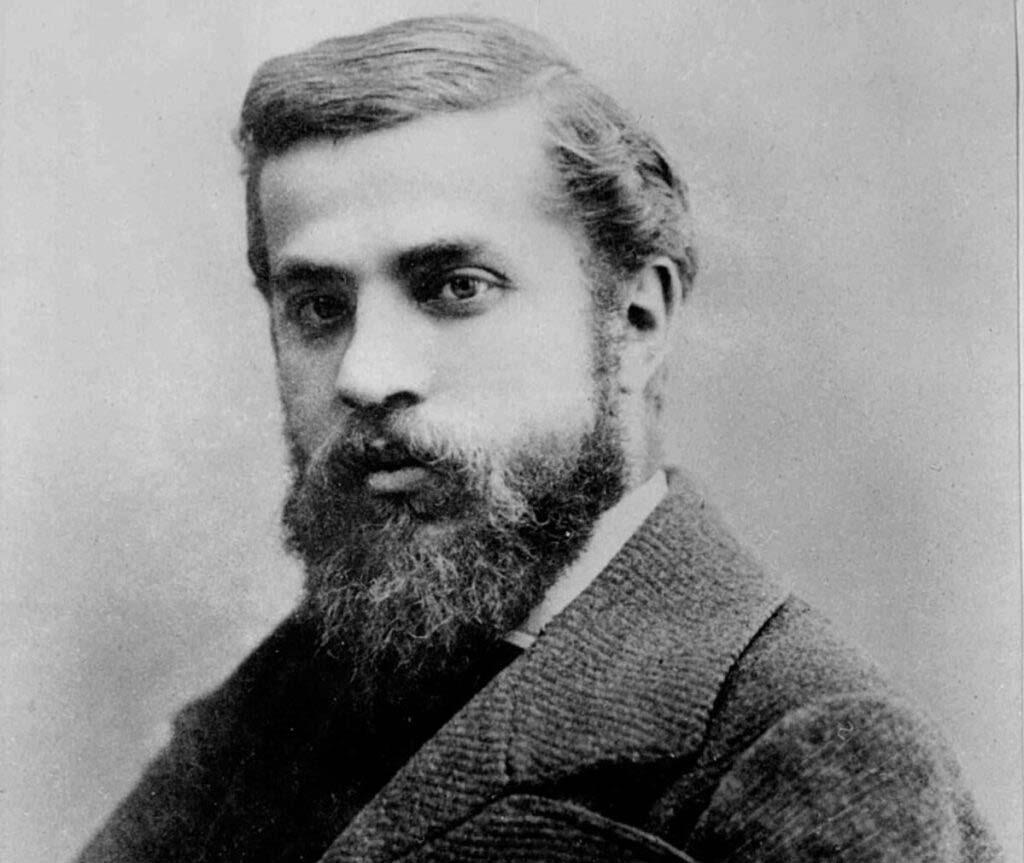
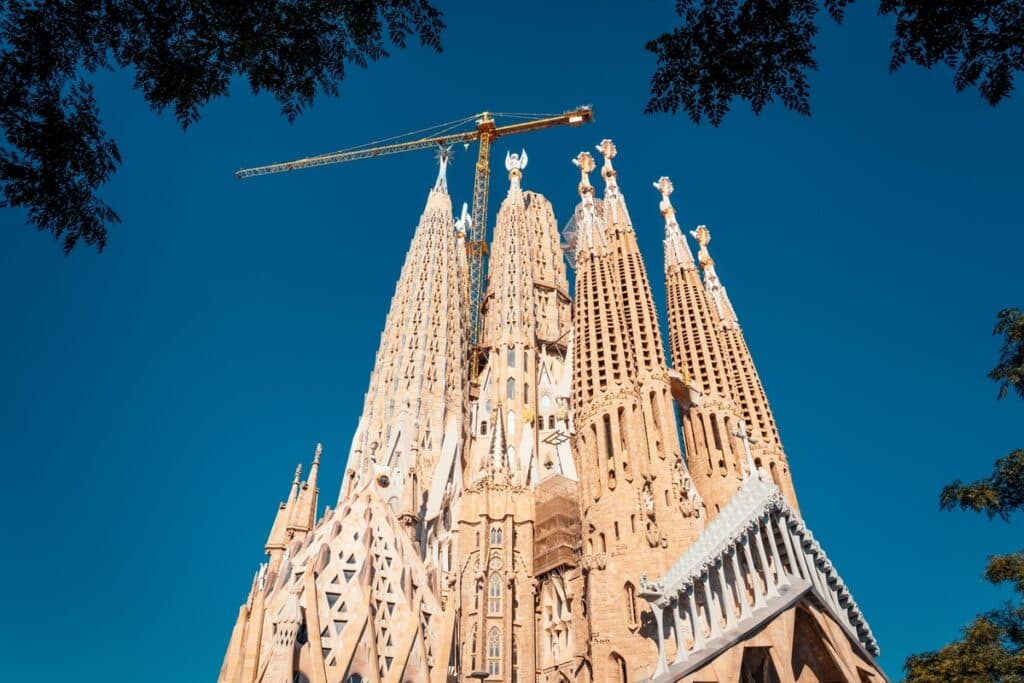
The Spanish architect Antoni Gaudi created a distinctive style that was driven by his love of nature and his belief in God. Born in Catalonia, Spain, in 1852, Gaudi was a devout Catholic who thought that by drawing inspiration from God’s creation, nature, he might exalt God.
Gaudi therefore preferred curves over straight lines, a variety of textures, and vivid colors, taking his cues from nature. His distinct and occasionally strange style blended surrealism, avant-garde, and neo-Gothic elements. Barcelona quickly came to be associated with the architect and his creations. But in the 1920s and 1930s, International Style became popular in architecture, which ran counter to Gaudi’s ideas. Gaudi didn’t begin to become well-known until the 1960s, then.
The most well-known piece of his art is the Sagrada Familia in Barcelona. Nevertheless, work on the cathedral was not completed when he passed away in 1926, and it is still unfinished today.
14. Oscar Niemeyer
Project: Serpentine Gallery Pavilion
Location: London, UK
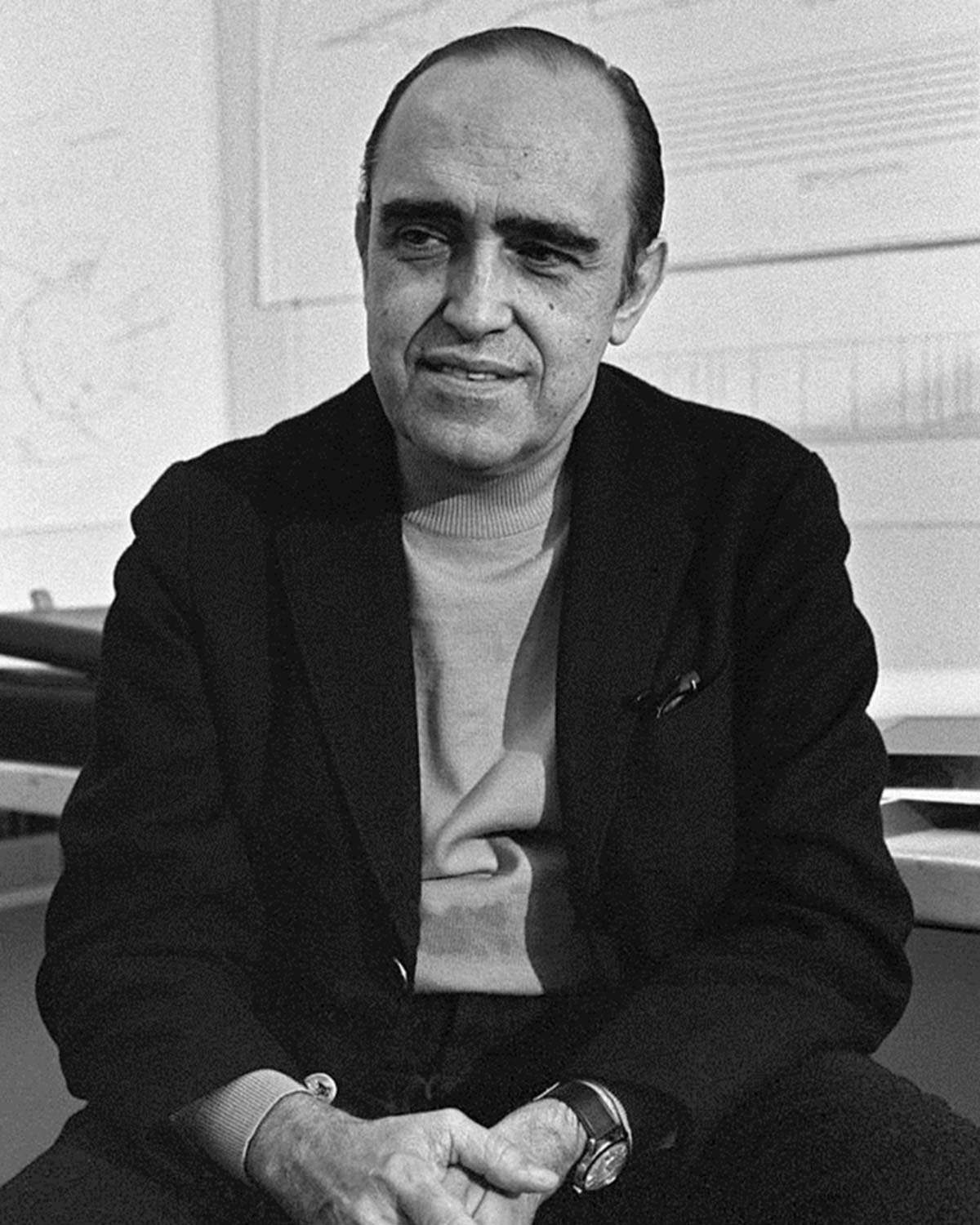
Brazilian architect Oscar Niemeyer is most recognized for his work as the Chief Architect of NOVA-CAP, the government’s advisory body for urban planning and architecture. In addition to introducing the sensual curves and flowing lines of Art Deco into his designs, he was a pioneer in the use of reinforced concrete. He is credited with creating the modernist architectural movement and fervently supporting the usage of regional building methods from Brazil. The Serpentine Pavilion is his most well-known creation. In 1988, he was awarded the Pritzker Architecture Prize.
15. Louis Sullivan
Project: Wainwright Building
Location: St Louis, United States
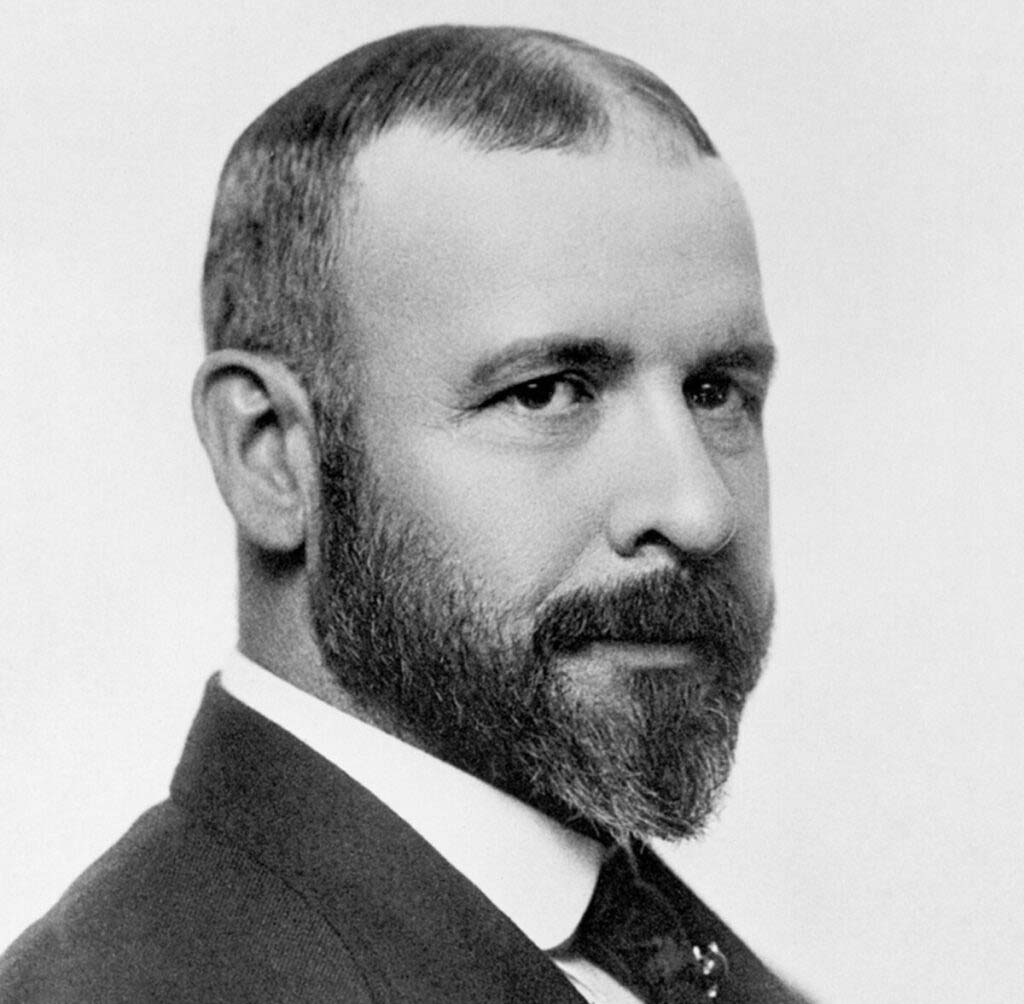
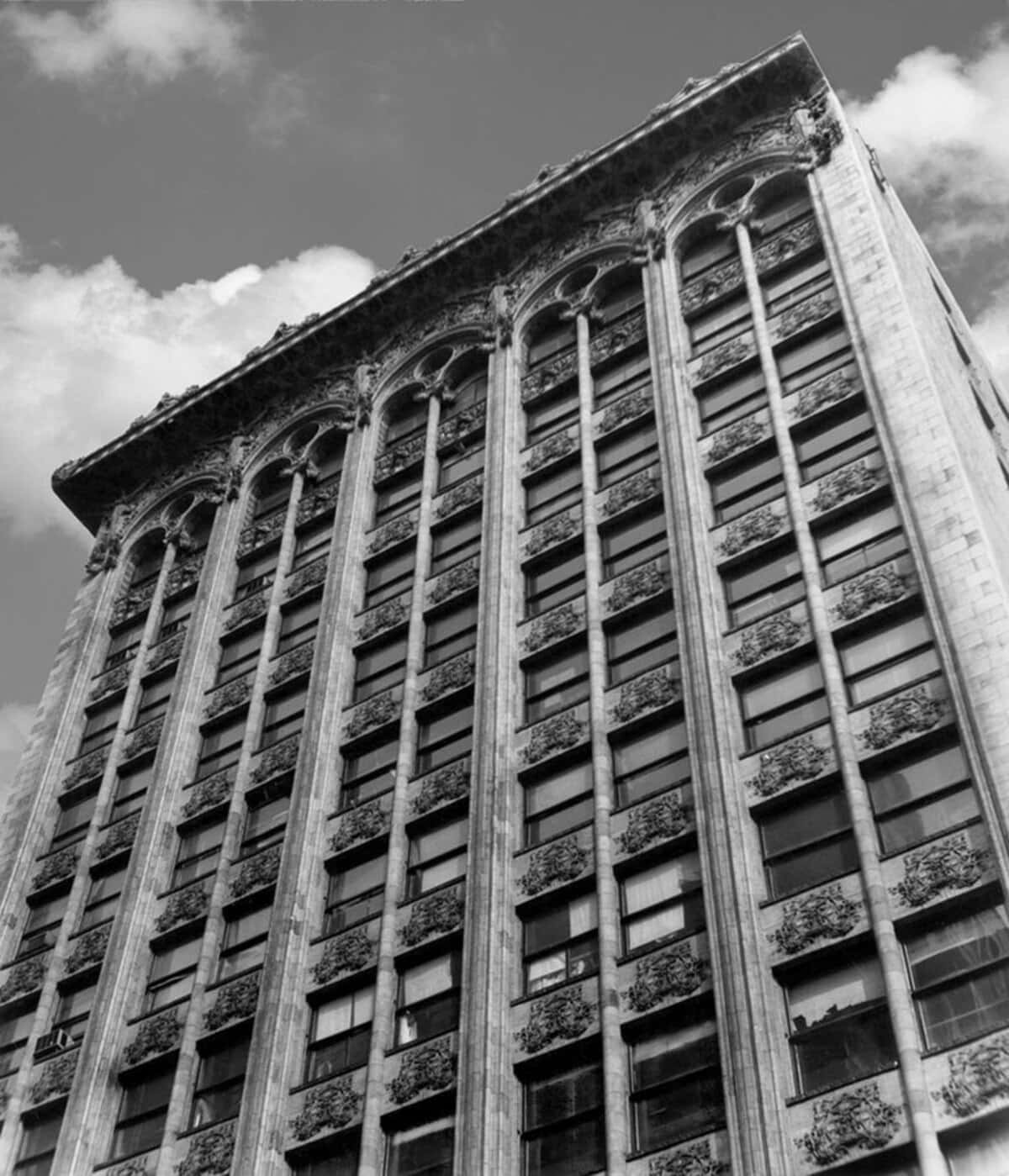
One of the most important figures in the Chicago School of Architecture, Louis Sullivan is frequently referred to as the “Father of contemporary architecture.” Sullivan, who was born in Boston in 1856, invented visually beautiful yet practical architecture.
The Wainwright Building in downtown St. Louis and the Bayard-Condict Building in New York are two of this famous architect’s creations. Sullivan’s organic style is well-exemplified by the Sullivan Building, previously the Carson, Pirie, Scott, and Company Building. The cast-iron accents on the front were modeled by native flora.
16. William Pereira
Project: Geisel Library
Location: San Diego, United States
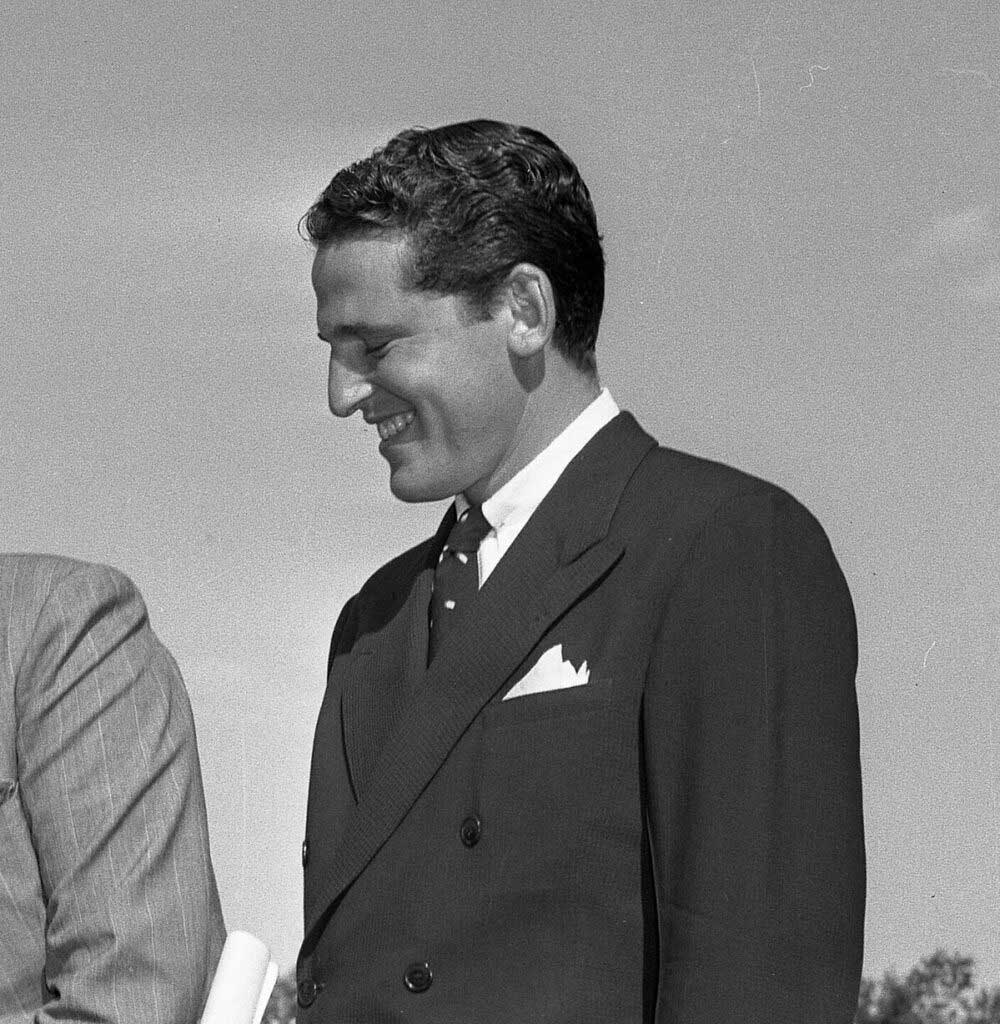
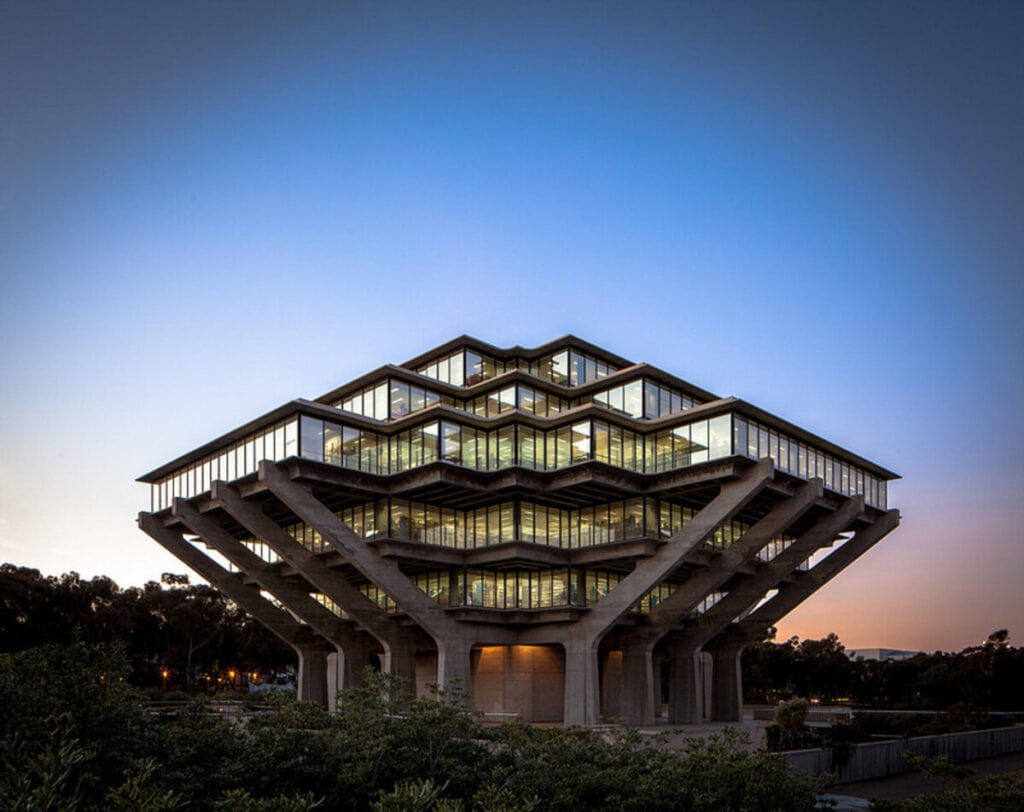
American architect William Pereira was renowned for his audacious and inventive ideas. In 1909, he was born in Chicago. His bigger style was based on elements from Art Deco, Postmodern, and Brutalist architecture. He is renowned for his extremely futuristic designs. Remarkably, he was also well regarded in Hollywood as an art director, and he won an Academy Award for “Best Special Effects” in the movie Reap the Wild Wind.
This famous architects contributions can be seen in several notable structures, including Geisel Library, CBS Television City in Los Angeles, and the Transamerica Pyramid in San Francisco.
17. Buckminster Fuller
Project: Geodesic dome
Location: Montreal

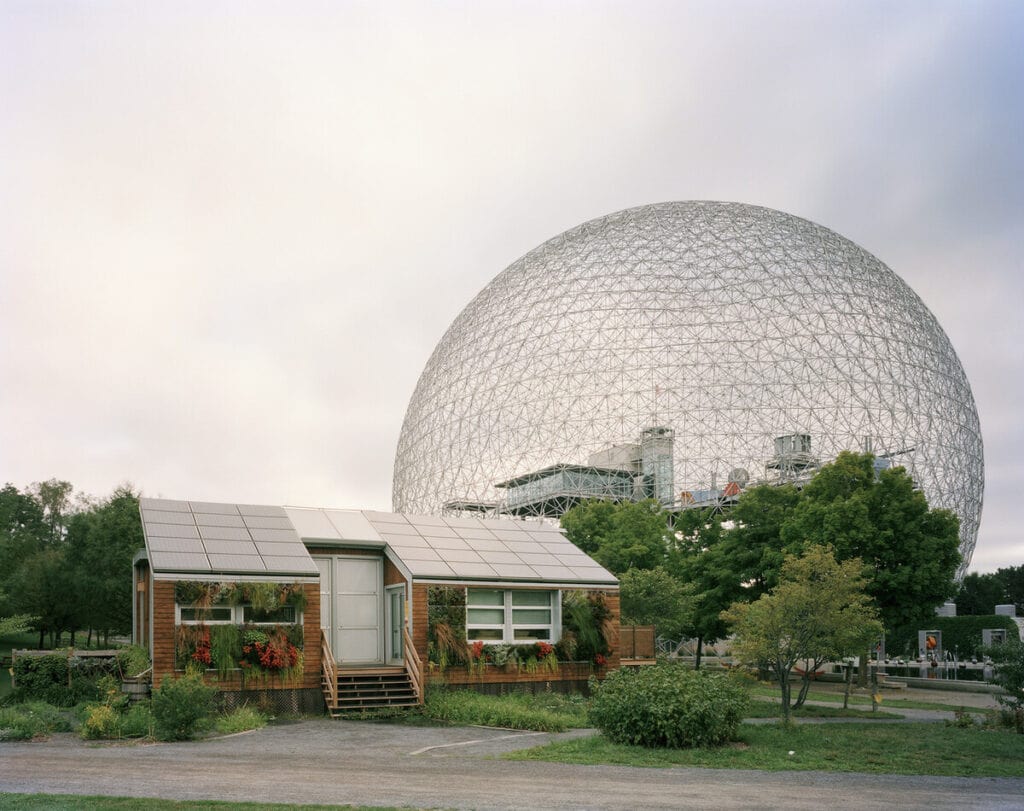
US patents were awarded to Buckminster Fuller, an inventive supporter of the geodesic dome, for these specific designs. They were sparked by an experience in which he felt as though he was floating above the earth in a white ball of light. He had been depressed for a while following the death of his three-year-old daughter, which he attributed in part to their wet living conditions. However, he had discovered a newfound motivation to concentrate on sustainability and the future of humanity.
In addition to geodesic buildings such as the Montreal Biosphere (which was formerly the U.S. pavilion at Expo 67), Fuller created the Dymaxion automobile and house, which aimed to maximize the use of available resources.
18. Wolf D. Prix
Project: House of Music
Location: Concert hall in Aalborg, Denmark

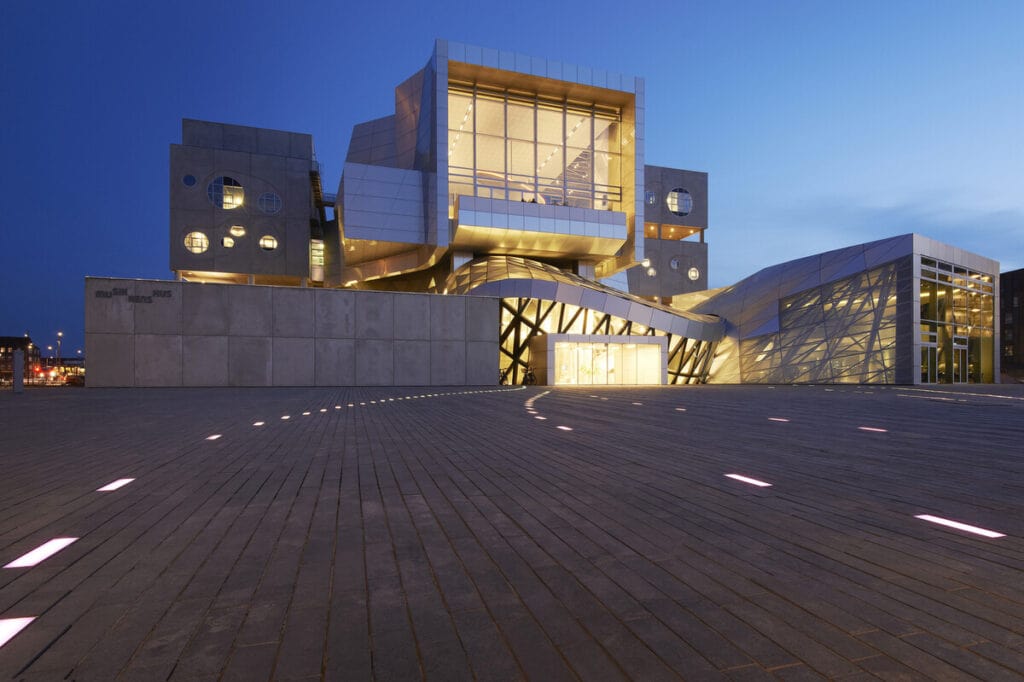
The groundbreaking deconstructivist works of Austrian architect Wolf D. Prix and his company, Coop Himmelb(l)au, have made them famous. These include the Martin Luther Church in Austria, the Dalian International Conference Center in China, the Musée des Confluences in Lyon, and the BMW Welt in Munich.
This architectural approach views structures as interactive pieces of art that are connected to their environment. A good illustration of this is the House of Music in Aalborg, Denmark, whose design promotes interaction between students, instructors, audiences, and performers.
19. Jean Nouvel
Project: National Museum of Qatar
Location: Qatar
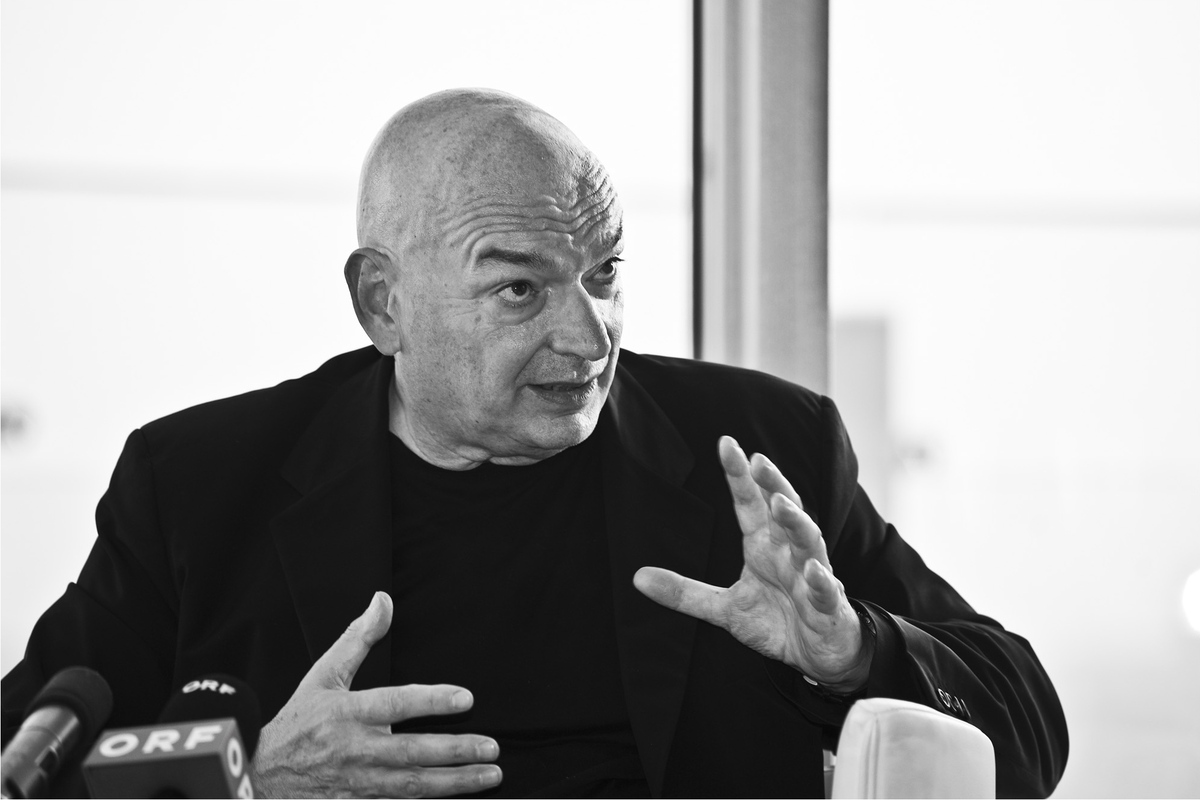
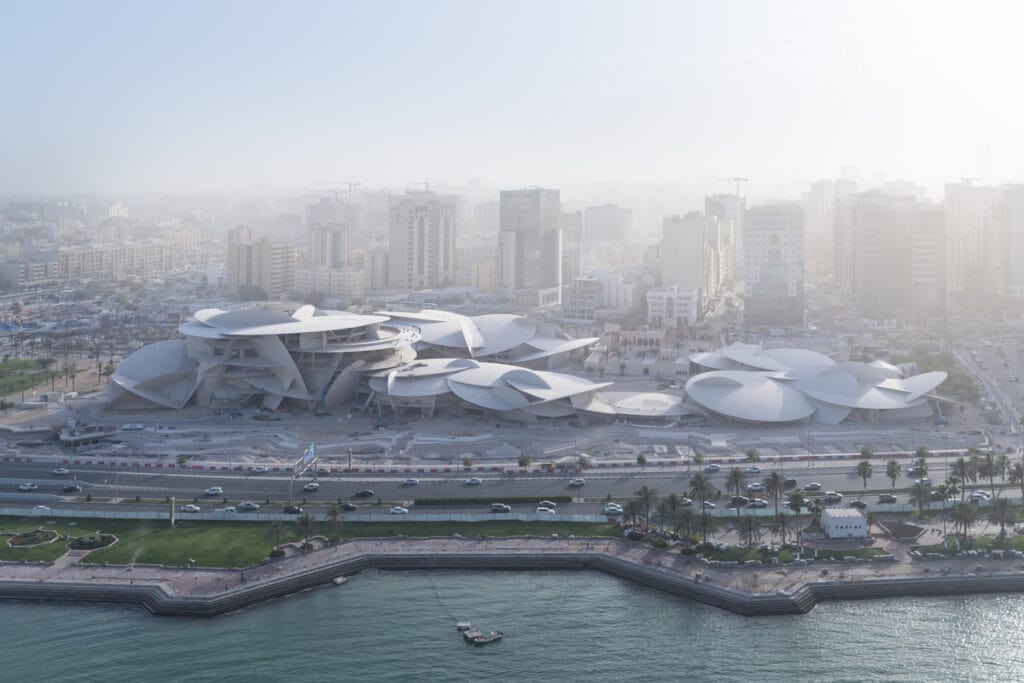
Jean Nouvel is renowned for his unmatched inventiveness and his capacity to defy accepted conventions in architecture. He is the architect of many structures all around the world, such as the Louvre Abu Dhabi and Sydney’s One Central Park.
The Institut du Monde Arabe in Paris, his most well-known architectural creation, is a remarkable example of how modernism and Arab culture can coexist. Nouvel’s use of avant-garde materials and daring techniques, which showcase his proficiency in modern design, define his style. His work is all authentic manifestations of his style, which is always pushing the envelope. Nouvel’s vision and inventiveness are evident in his architectural talent, which has permanently altered the field of architecture.
20. Santiago Calatrava
Project: UAE Pavilion
Location: UAE
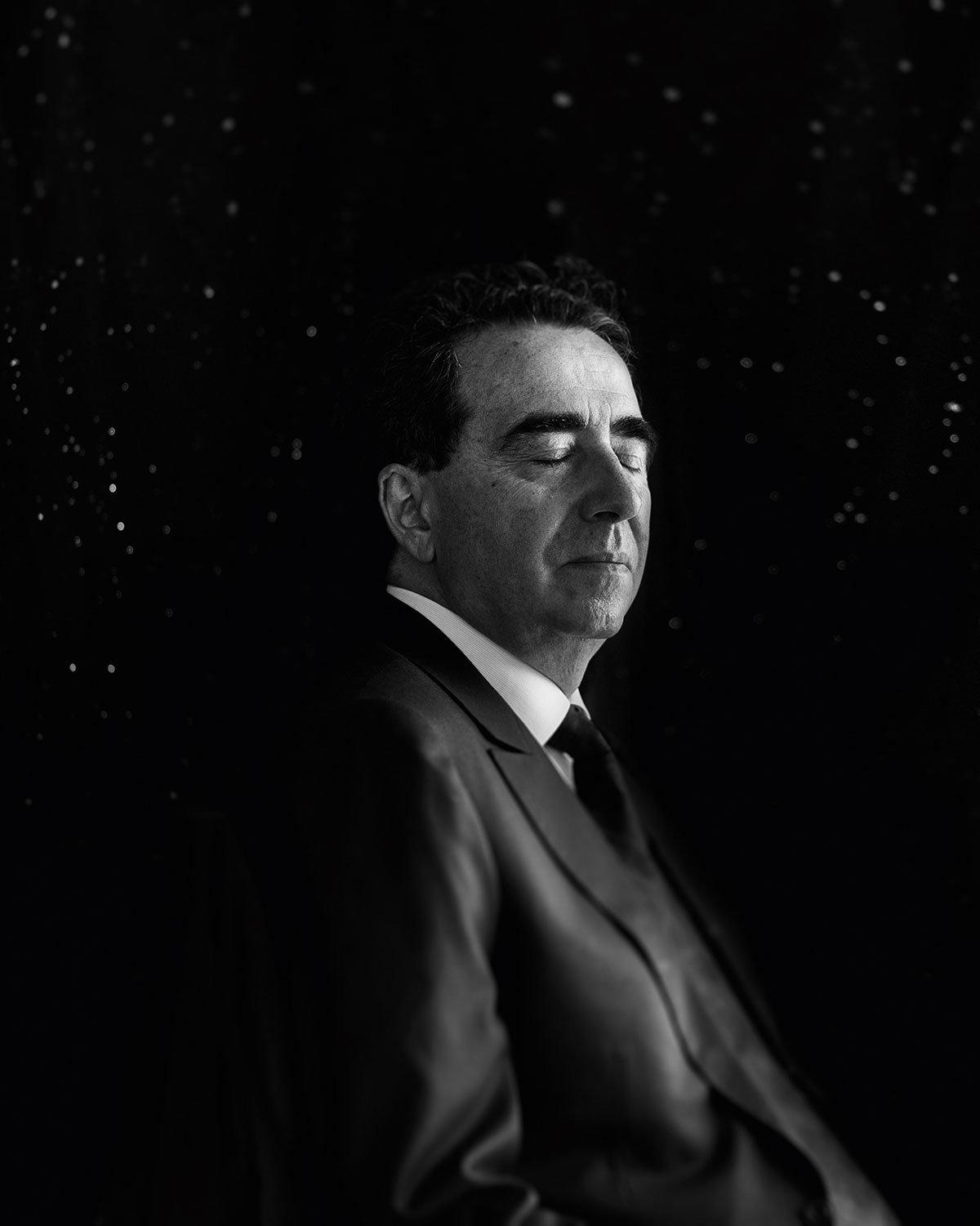
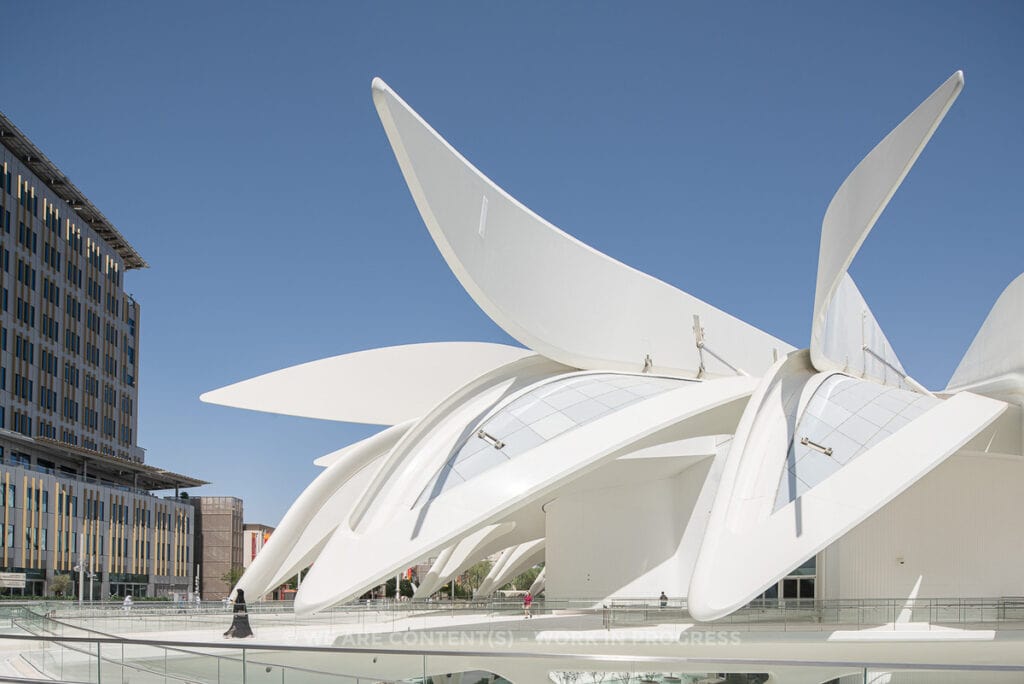
Santiago Calatrava is one of the most famous architects and engineers throughout the world. He is well known for the inventive potential of his work, which blends structural engineering and architecture to produce breathtaking constructions. There are works by him all around the world. The Samuel Beckett Bridge, the Dubai Creek Tower, and the Oculus at the World Trade Center in New York City are some of the most well-known structures he designed. One of the most sought-after and well-respected architects in the world, Calatrava is known for his distinctive and contemporary style. His rise to prominence as one of the most famous architects of all time has contributed to the advancement of high-tech architecture.
Throughout his life, Calatrava created a great deal of long-span constructions, including bridges, which he loved. Bridges are considered long-span constructions because they are frequently longer than fifty meters.
21. Sir Christopher Wren
Project: Old Royal Navy College
Location: Greenwich
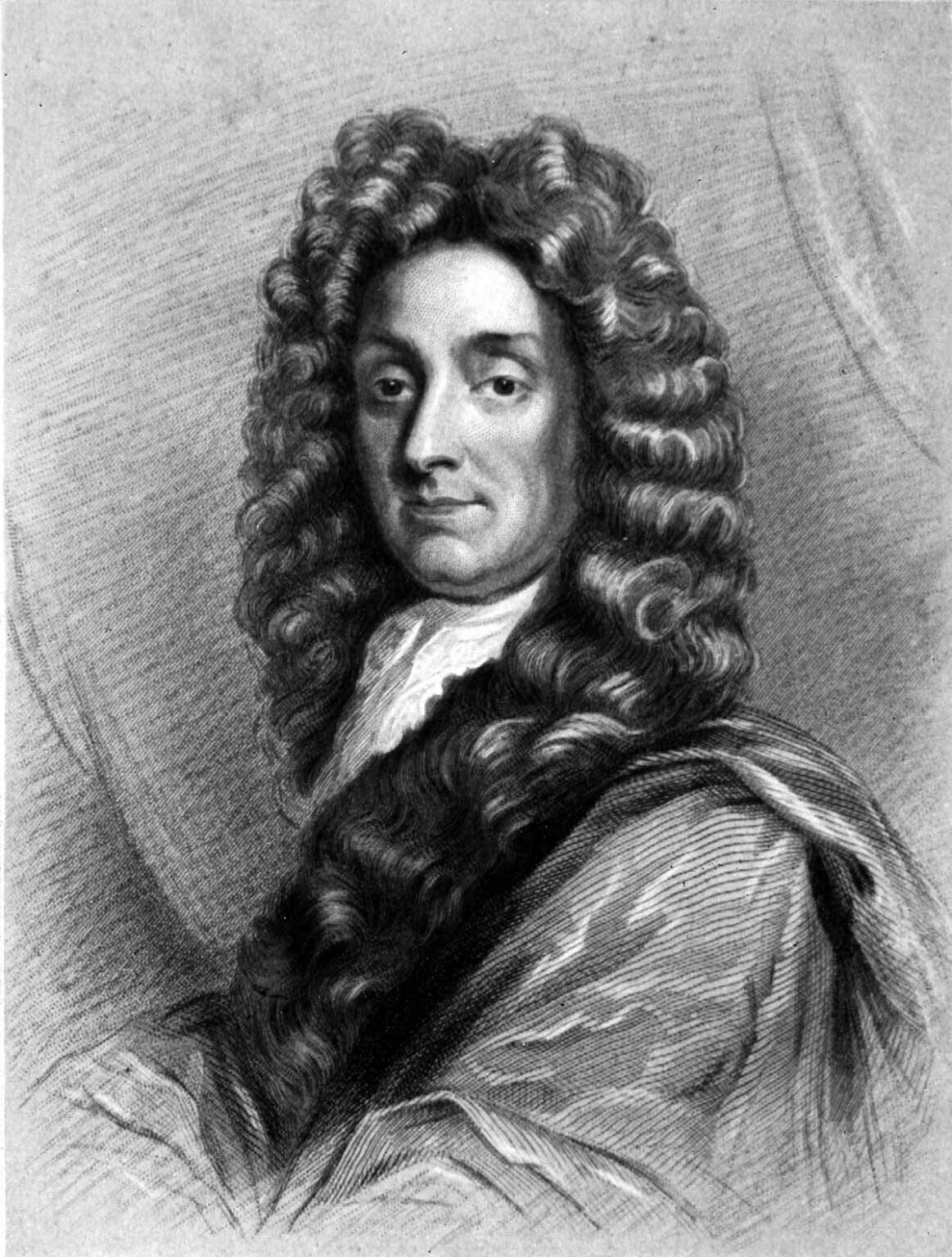
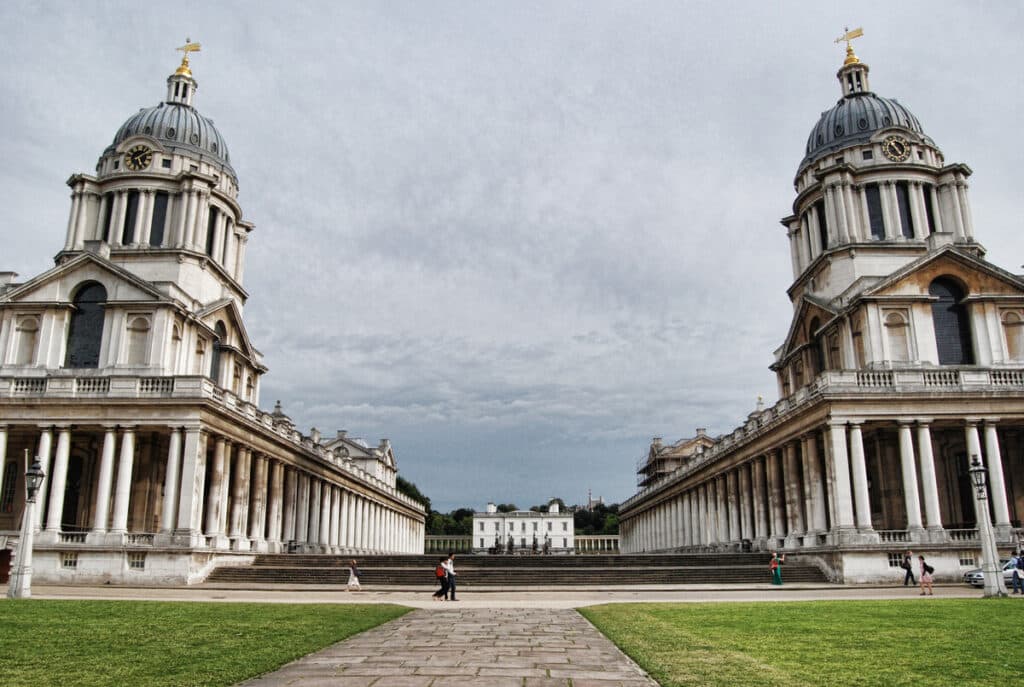
In any other situation, Sir Christopher Wren would most likely be regarded as one of the most famous architects, but he might not have become one of the most well-known figures in architectural history. But as it was, Wren had the appropriate skill and was in the right location at the right moment.
Wren was an Oxford University astronomy professor who became interested in architecture because of his passion for engineering and physics. In the 1660s, he traveled to Paris to research French and Italian baroque designs after receiving a commission to construct Oxford’s Sheldonian Theatre. Wren finished designing the dome of London’s St. Paul’s Cathedral in 1666. But a week after it was approved, the city was destroyed by the Great Fire of London, which also destroyed the cathedral.
Wren was given an unanticipated chance by the Great Fire, and he began working on reconstruction right away. Wren was placed in charge of government building projects in 1669 after being appointed surveyor of royal works, even though plans for a comprehensive restoration of the city quickly proved to be too challenging.
In the end, he contributed to the design of 51 churches in addition to St. Paul’s Cathedral. Other well-known structures created by Wren were the London façade of Hampton Court Palace and the Greenwich Hospital, which subsequently became the Royal Naval College.
22. Jeanne Gang
Project: Aqua Tower
Location: Chicago, United States
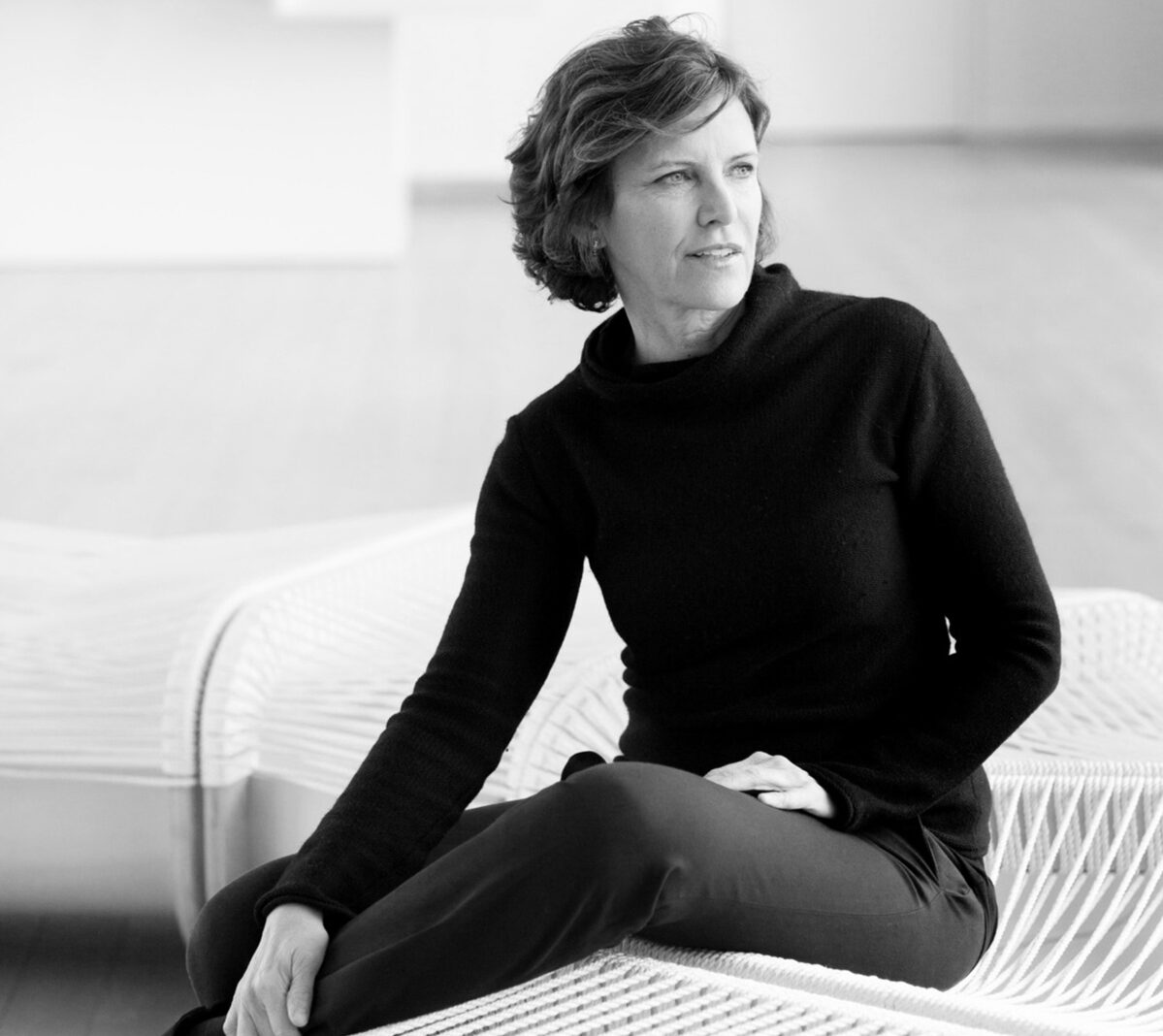
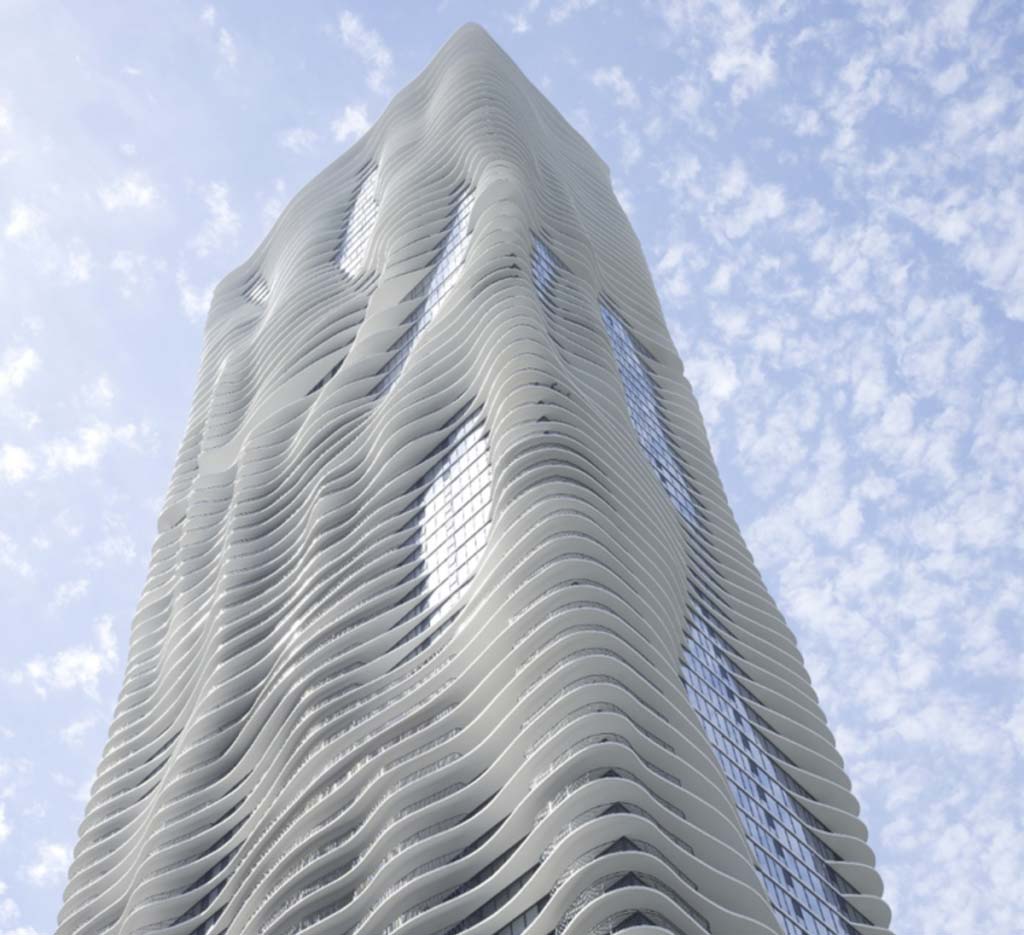
American architect and urban planner Jeanne Gang is a MacArthur Fellow. She is the founding principle of the urban design and architecture firm Studio Gang, located in Chicago. The link between nature, the built environment, and the social context in which these are situated is explored in Gang’s award-winning projects. These famous architects’ creative and environmentally friendly designs have won awards and been implemented in projects all over the world.
Her most well-known works include the residential building Solstice on the Park and the Aqua Tower in Chicago. Her style is an eclectic blend of research and experimentation between the classic and the contemporary. In today’s environment, green architecture and sustainable design are becoming increasingly important.
23. Philip Johnson
Project: The Crystal Cathedral
Location: Los Angeles, California
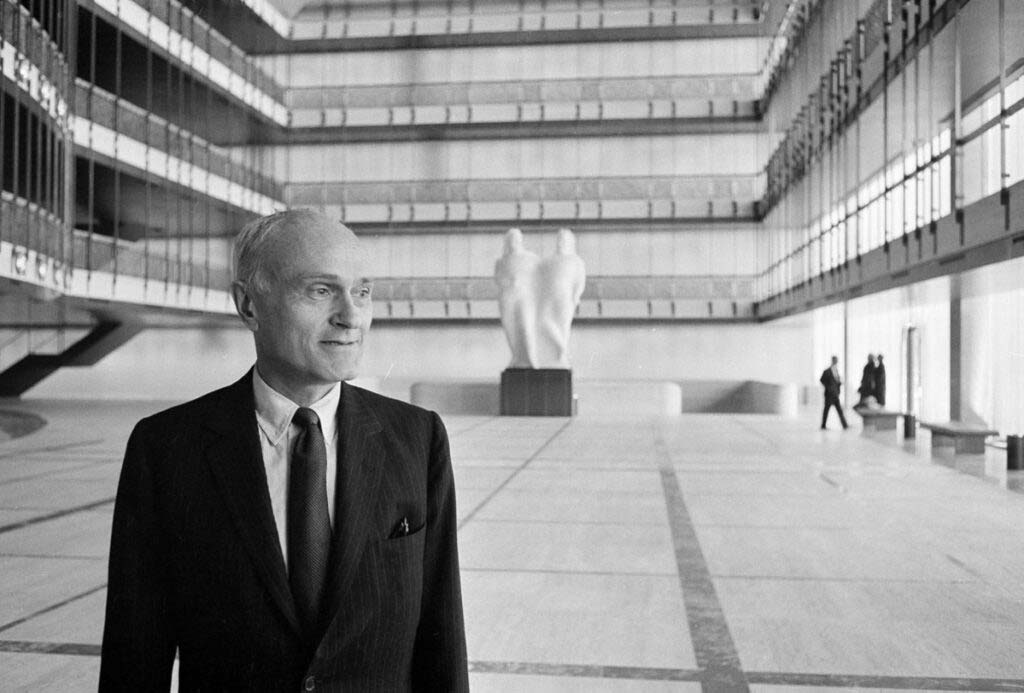
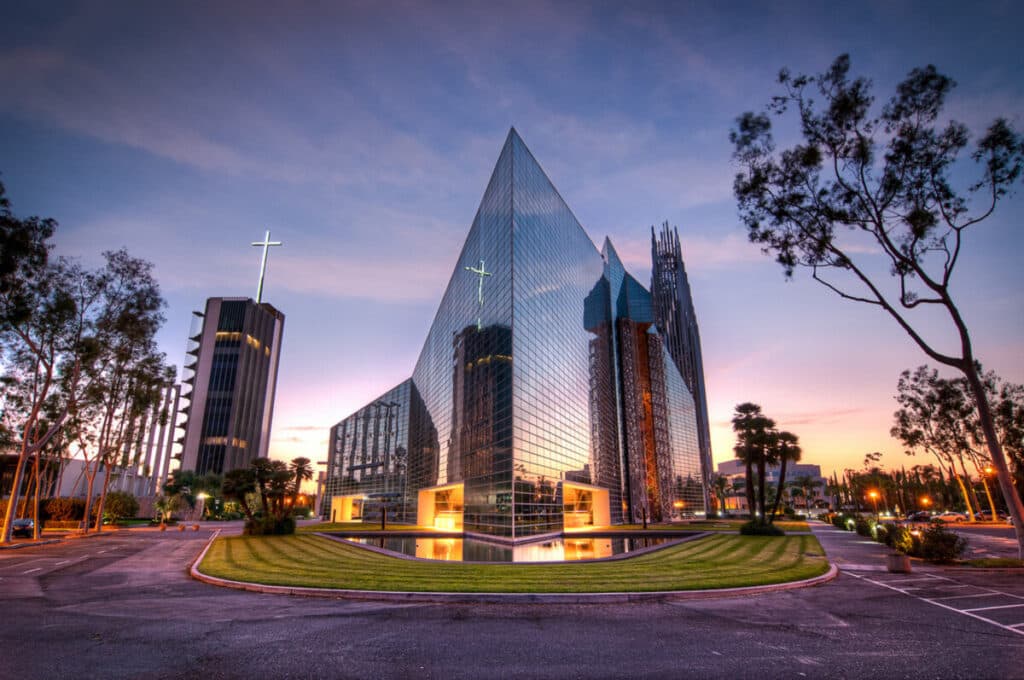
American architect Philip Johnson was a significant figure in the growth of modern architecture. His 1949 design of the Glass House, his home in New Canaan, Connecticut, is what made him one of the most famous architects. Johnson also created the AT&T Building in Dallas, Texas, and the famous Seagram Building in New York City. In 1979, he received the inaugural Pritzker Architecture Prize in honor of his life’s accomplishments. In terms of aesthetics, he was renowned for investigating many design theories, such as postmodernism, neoclassicism, and modernism. He became a contemporary architecture pioneer and one of the most famous architects of the 20th century as a result of his diverse range of architectural styles.
24. Peter Eisenman
Project: Wexner Center for the Arts
Location: Columbus, United States
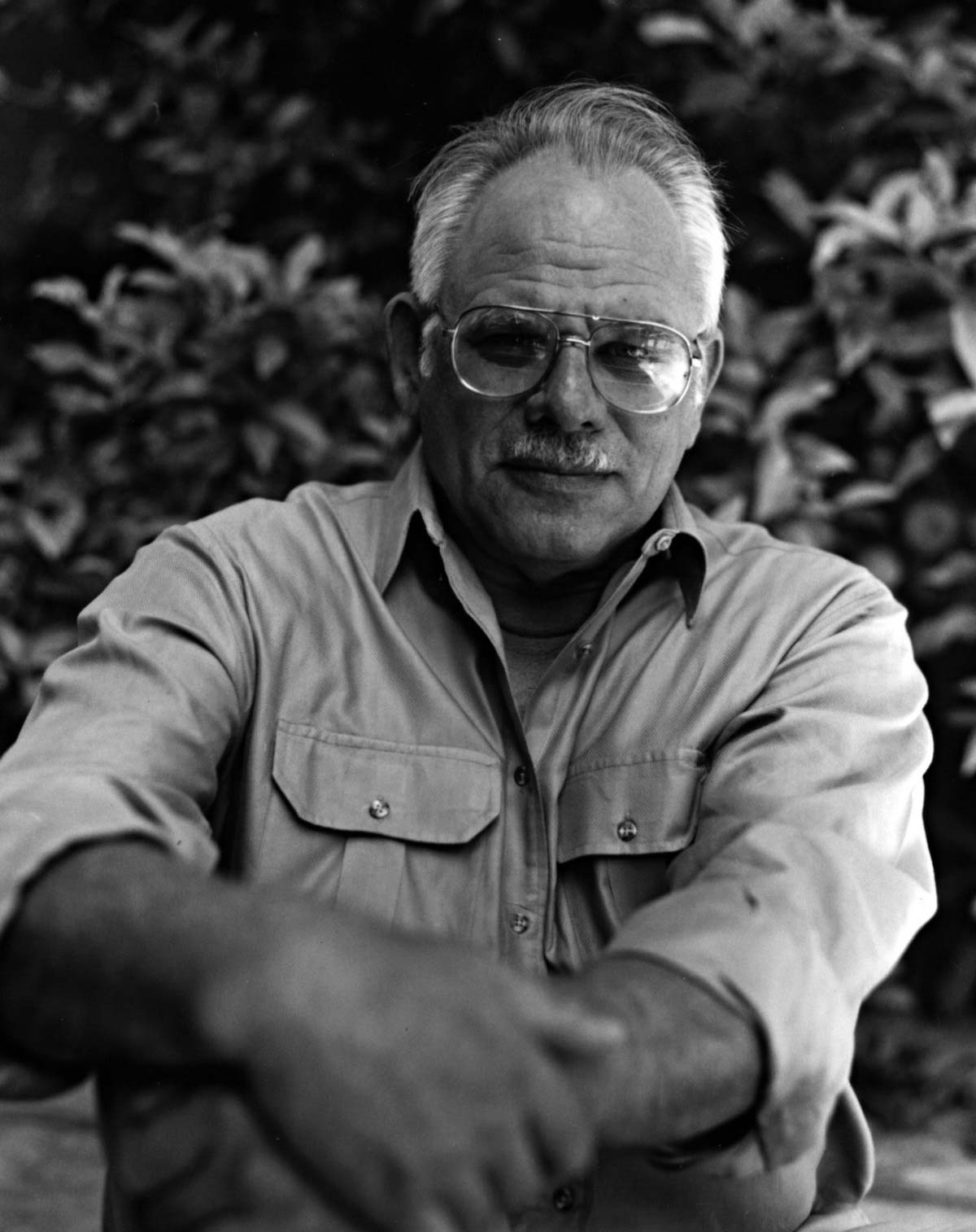
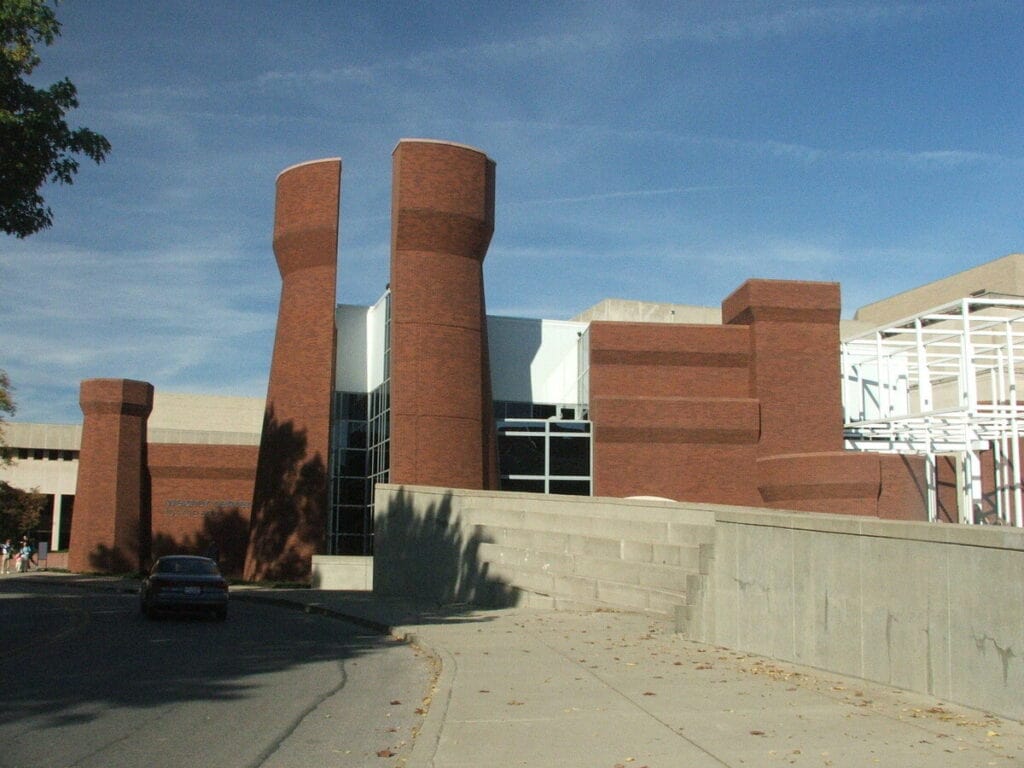
Undoubtedly, one of the most famous architects of our era is Peter Eisenman. In addition to his works, which have been referred to as deconstructive or high modernist, this famous American designer is also well-known for his writing and lectures. Many people describe his professional work as formalist, deconstructionist, and late avant-garde. Eisenman’s method is influenced by post-structuralism and deconstruction. He had a strong relationship with Jacques Derrida, the well-known postmodern French philosopher, whose methodology affected Eisenman’s.
Eisenman is well-known for his work on the Berlin Memorial to the Murdered Jews of Europe project. The Wexner Center for the Arts at Ohio State University in Columbus, Ohio; the Aronoff Center for Design and Art at the University of Cincinnati in Cincinnati, Ohio; the University of Phoenix Stadium in Glendale, Arizona, and so on are some of his other well-known pieces.
25. Carme Pinós
Project: Cube 2
Location: Zapopan, Mexico
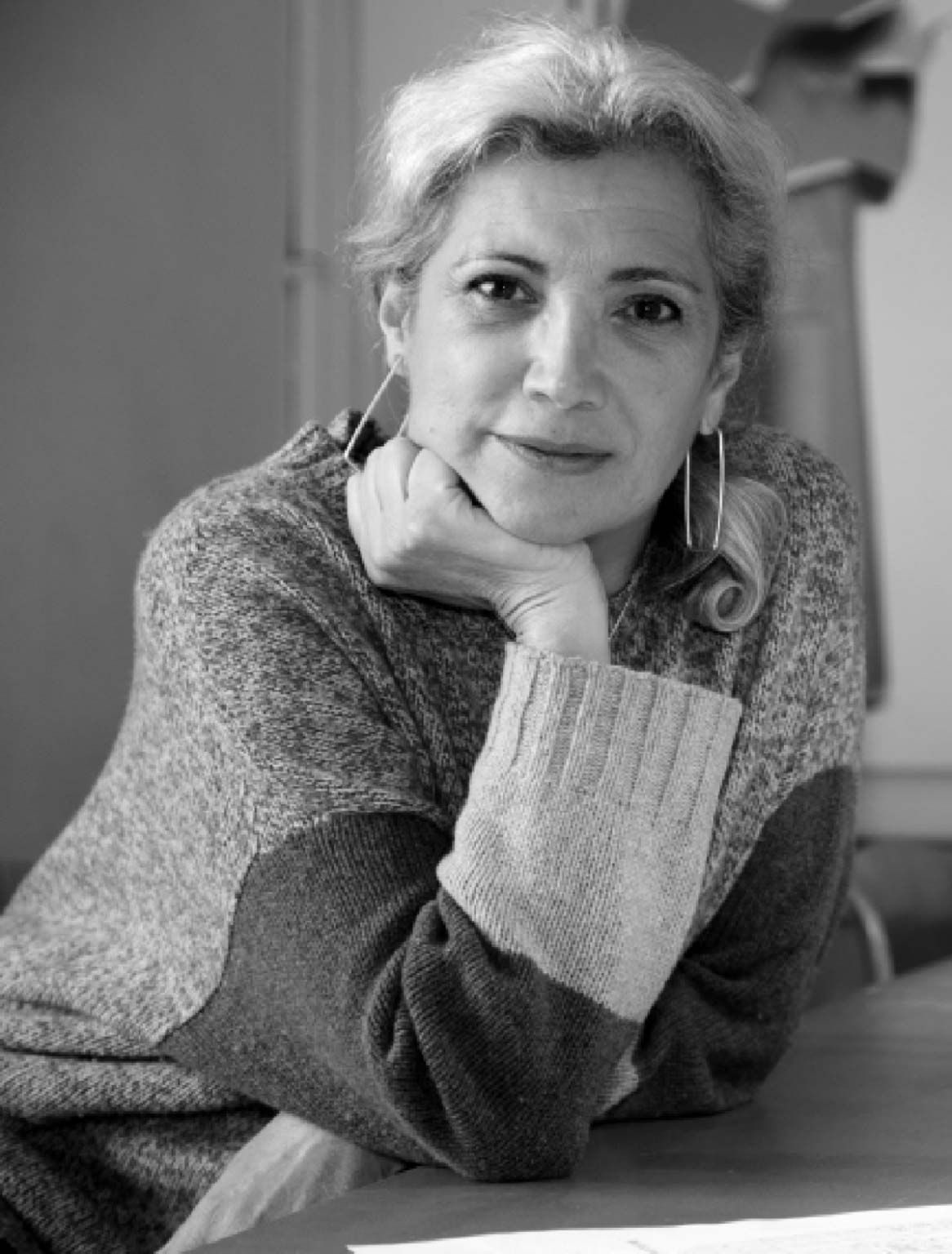
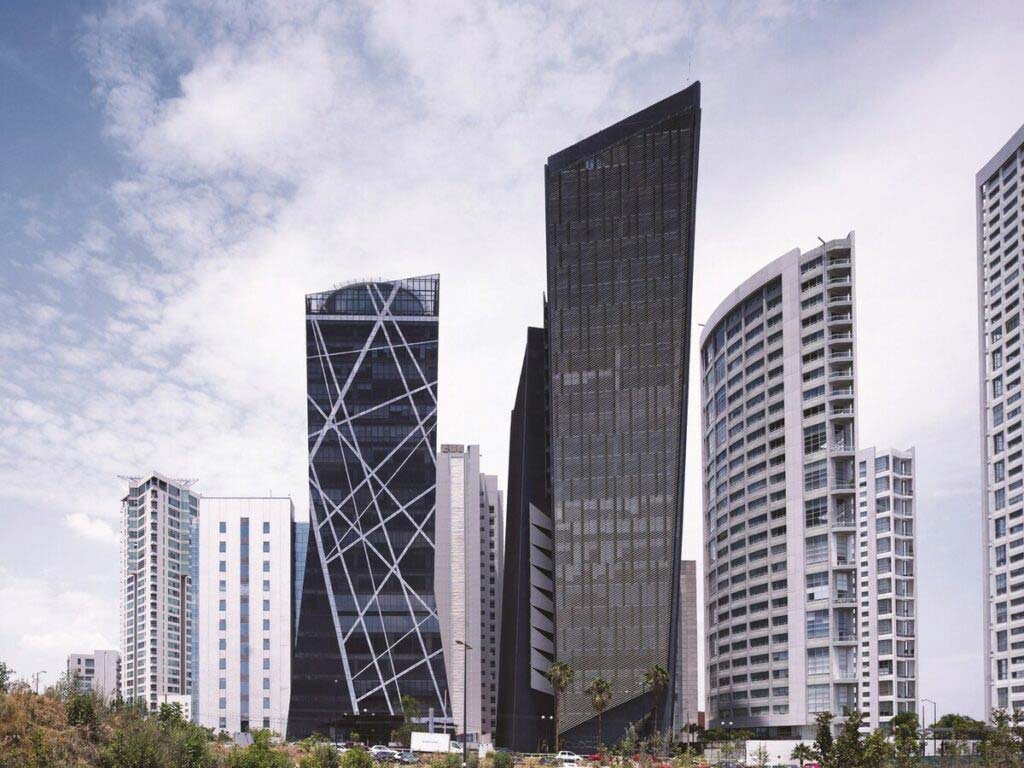
Spanish architect Carme Pinós is well-known for her inventive and environmentally friendly projects. Pinós established Estudio Carme Pinós, her architectural practice, in 1991. Her designs are distinguished by their attention to the human experience of space, sustainability, and innovation. One of her most famous designs is the Cube II Towers in Guadalajara, Mexico.
26. Elizabeth Diller
Project: Lincoln Center
Location: New York, United States
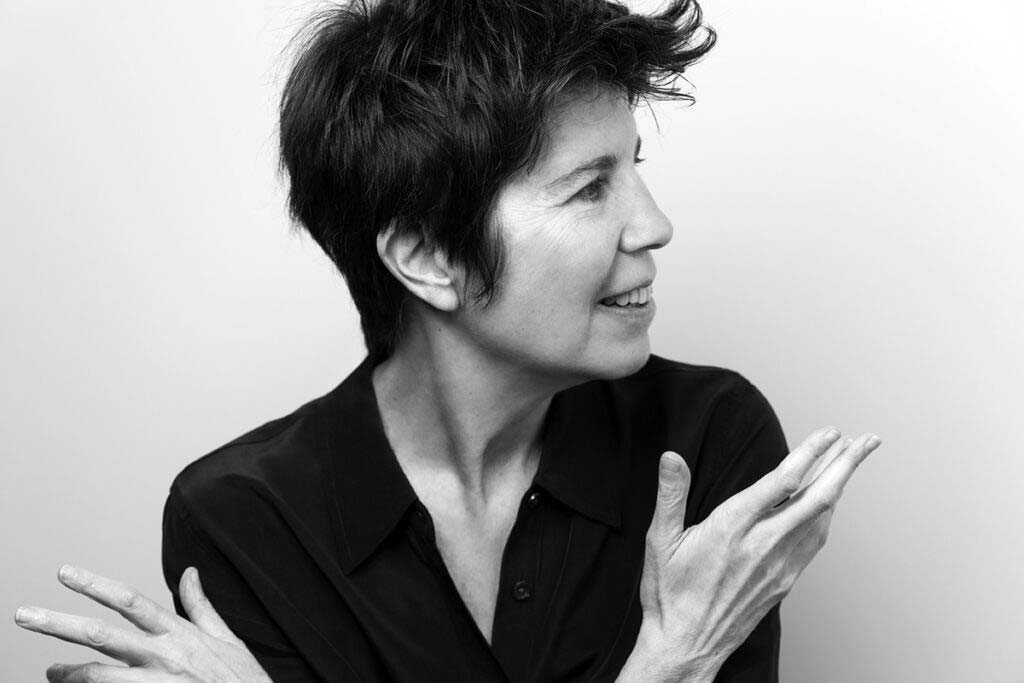
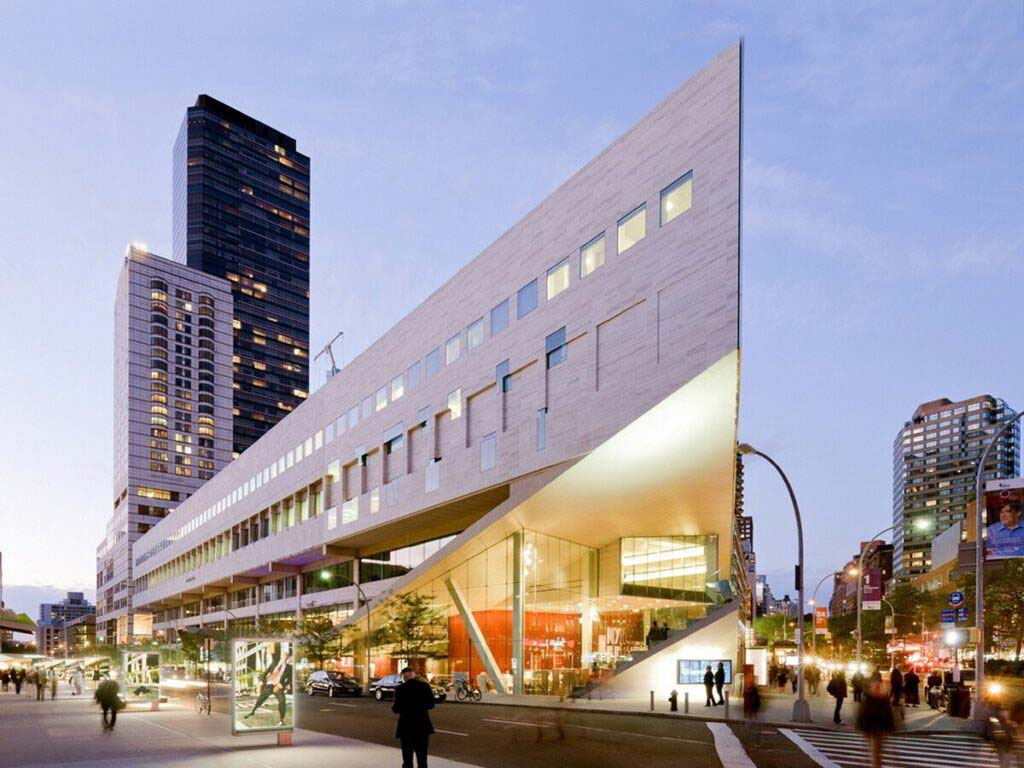
American architect Elizabeth Diller is renowned for her avant-garde and experimental designs. In 1979, she and Ricardo Scofidio co-founded the interdisciplinary design practice Diller Scofidio + Renfro. When Charles Renfro joined the company in 2004, the studio’s name was changed to Diller Scofidio + Renfro (DS+R). Diller’s radical and unorthodox approach to building, which frequently blurs the lines between art, architecture, and technology, has earned her recognition throughout her career. The renovation of New York City’s Lincoln Center for the Performing Arts is among her most renowned undertakings.
27. Farshid Moussavi
Project: Folie Divine
Location: Montpellier, France

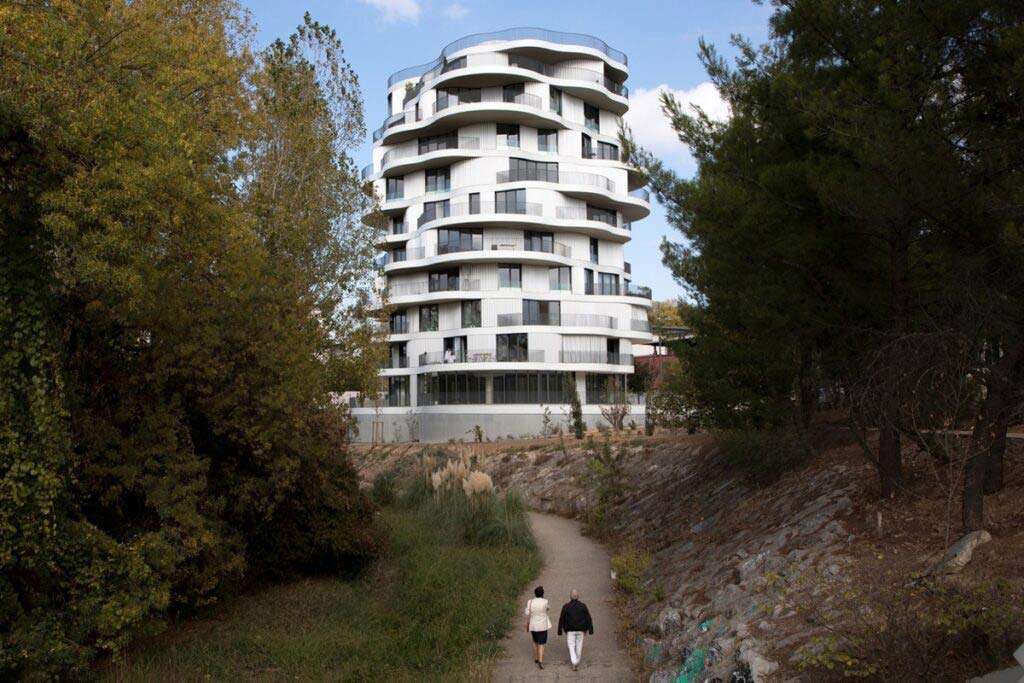
British-Iranian architect, designer, and teacher Farshid Moussavi. Farshid Moussavi Architecture (FMA), which Moussavi created in 2011, has developed a variety of projects, including public spaces, commercial and residential structures, and cultural centers. The Victoria Beckham flagship store in London, the Museum of Contemporary Art in Cleveland, and the residential complex La Folie Divine in Montpellier, France are just a few of FMA’s notable projects.
Conclusion
Famous architects have made significant contributions to the development of design and architecture within the AEC sector. Modernist icons like Le Corbusier and Frank Lloyd Wright, as well as up-and-coming luminaries like Bjarke Ingels and Zaha Hadid, have all pushed the envelope of architecture to produce timeless masterpieces. They have influenced many other architects and designers outside of the AEC industry.
Frank Lloyd Wright and Ludwig Mies van der Rohe are undoubtedly among the most famous architects, as are numerous building firms like Antoni. However, today’s buildings created by a new generation of builders surpass even the creations of Mies van der Rohe, Richard Meier, Lloyd Wright, and Antoni. The creations of these famous architects include some of the most recognizable sites on the planet. These constructions are made with incredible attention to forms, styles, and shapes, taking into account total form freedom while also considering usefulness, leading to remarkably innovative aesthetic outcomes.
Famous architect’s creations typically reflect the social situations in which they were made and offer a fresh perspective on their physical surroundings. This field, after all, deals with the urban and social environments that are frequently transformed by the very people we aim to memorialize. In conclusion, when one thinks that building can never be any better, fresh, innovative ideas emerge to push the envelope of building techniques even further.
FAQs
What are the key qualities of famous architects?
- Answer: Famous architects are frequently praised for their technical mastery, creative design, and ability to combine practicality and beauty. They are also renowned for their famous buildings that have influenced the built environment and for their contributions to architectural movements.
How have famous architects influenced modern architecture?
- Answer: The development of modern architecture has been influenced by famous architects who have introduced novel building techniques, materials, and design concepts. Future generations of architects and urban planners will be influenced by these creations, which frequently question accepted conventions and push the limits of architectural design.
What landmark projects did Frank Lloyd Wright design?
- Answer: A modern architectural masterwork, the Guggenheim Museum in New York, was designed by Frank Lloyd Wright. As seen by his well-known project, Fallingwater in Pennsylvania, his design philosophy, which placed an emphasis on organic architecture, aimed to merge structures with their natural environments.
What makes Zaha Hadid’s architectural designs unique?
- Answer: Architectural designs by Zaha Hadid are renowned for their organic, flowing curves and futuristic, curved forms. Her creations, including the London Aquatics Centre for the 2012 Olympics and the Guangzhou Opera House in China, are distinguished by their audacious, nontraditional aesthetics that push the limits of conventional architecture.
How did Ludwig Mies van der Rohe impact modern architecture?
- Answer: Ludwig Mies van der Rohe is renowned for his groundbreaking contributions to modernist architecture, especially the use of minimalist design and open floor layouts. The Barcelona Pavilion and the Seagram Building in New York, two of his most well-known designs, highlight the elegance of minimalism and the use of contemporary materials like steel and glass.
Why are certain famous architects considered pioneers in the field?
- Answer: Some architects are regarded as pioneers because of their new approaches to architecture, which include reinterpreting classic building processes, adding cutting-edge technologies, and addressing modern societal concerns. These architects helped to shape the future of the built environment and established new benchmarks for architectural practice.
Suggested article for reading:
Top 23 Famous Women Architects in World; 2024 Review
Artificial Intelligence or AI in Architecture; Guide to 2024
5 Data-Driven Urban Architecture: Case Studies Revolutionizing the Industry
10 Data-Driven Construction Trends Shaping the Future 2024
Analyzing the Outcomes of COP29: Successes and Areas for Improvement
Predictive Analytics in Urban Design: 3 Success Stories from 2024
Predictive Analytics in Sustainable Architecture (2024)
Predictive Analytics for Climate Resilience in 2024
The Role of Architecture in the Metaverse; Comprehensive Guide 2024
The 18 Best AI Architecture Generators of 2024
Top 21 Architecture Firms in the United States; 2024 Review
Resources:
Novatr | HowStuffWorks | BoredPanda | LuxuryColumnist | WideWalls | Re-ThinkingtheFuture | MyModernMet | MolinsDesign | ArchitecturalDigest | Arch2o | Architizer
For all the pictures: Archdaily | Wikipedia | Novatr | HowStuffWorks | BoredPanda | LuxuryColumnist | WideWalls | Re-ThinkingtheFuture | MyModernMet | MolinsDesign | ArchitecturalDigest | Arch2o | Architizer

